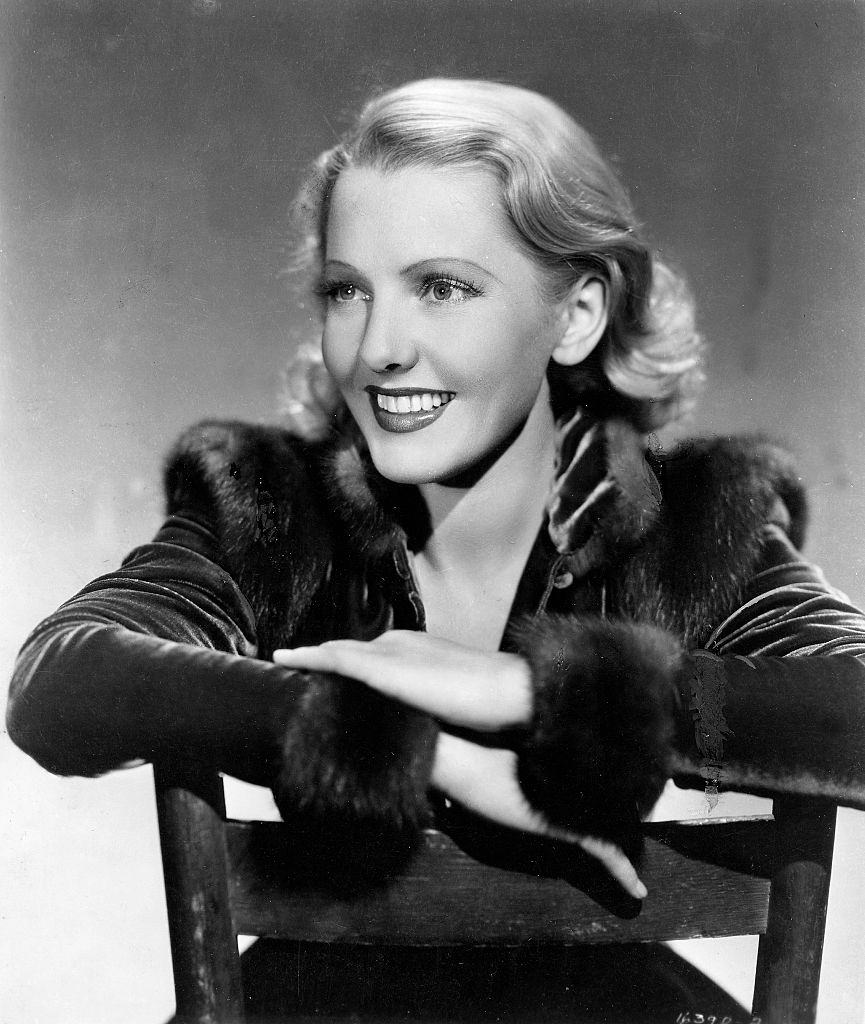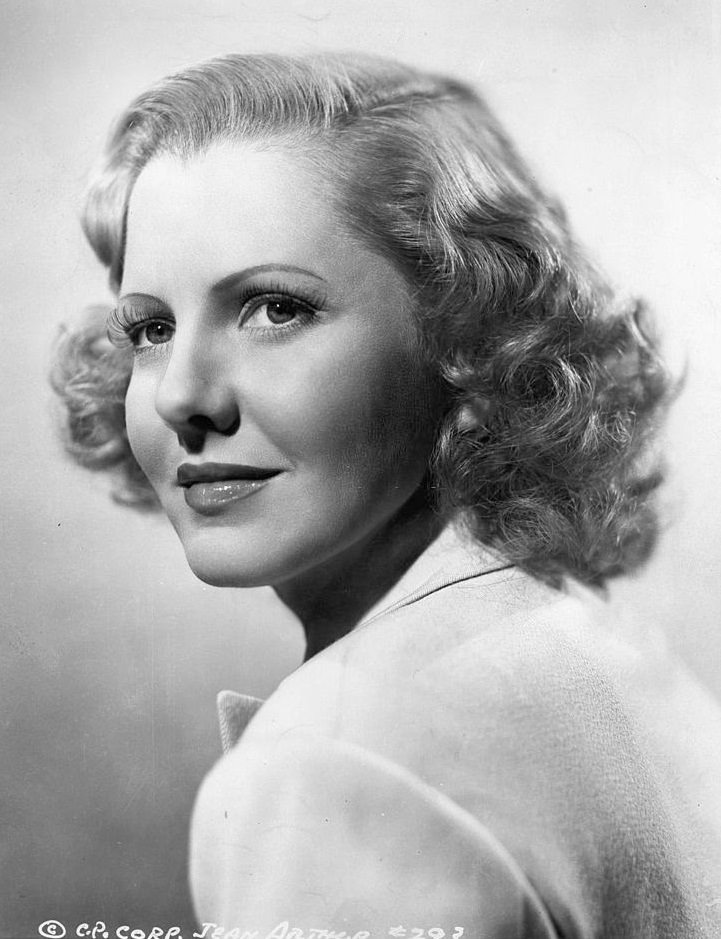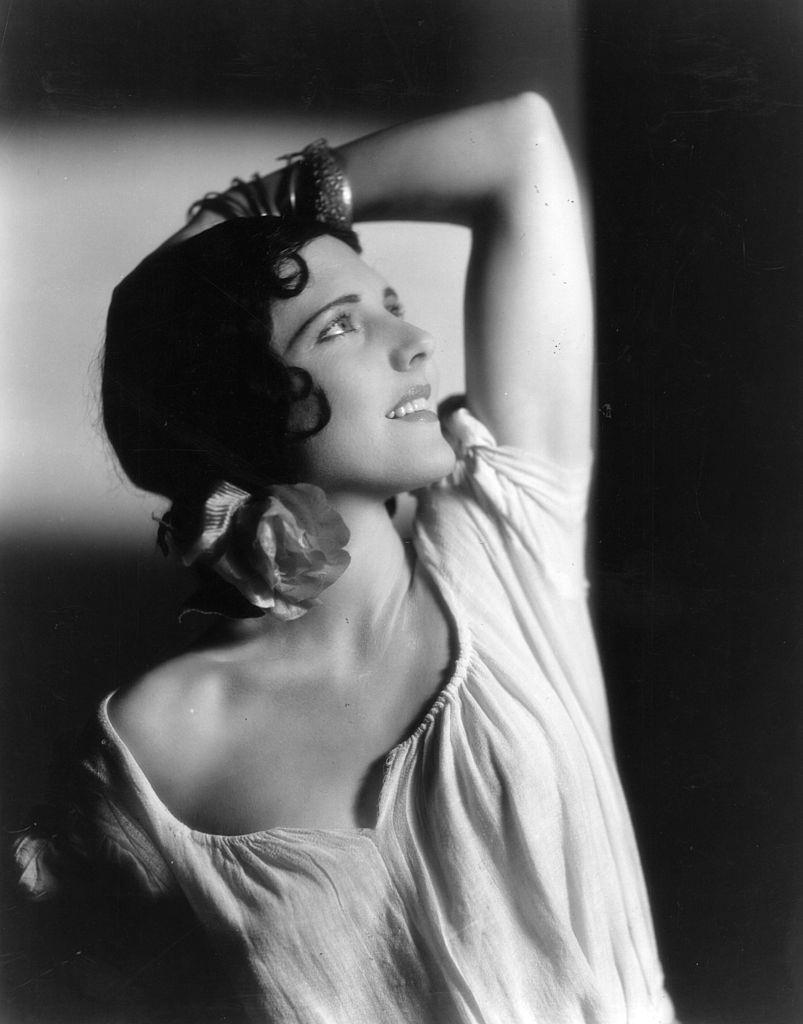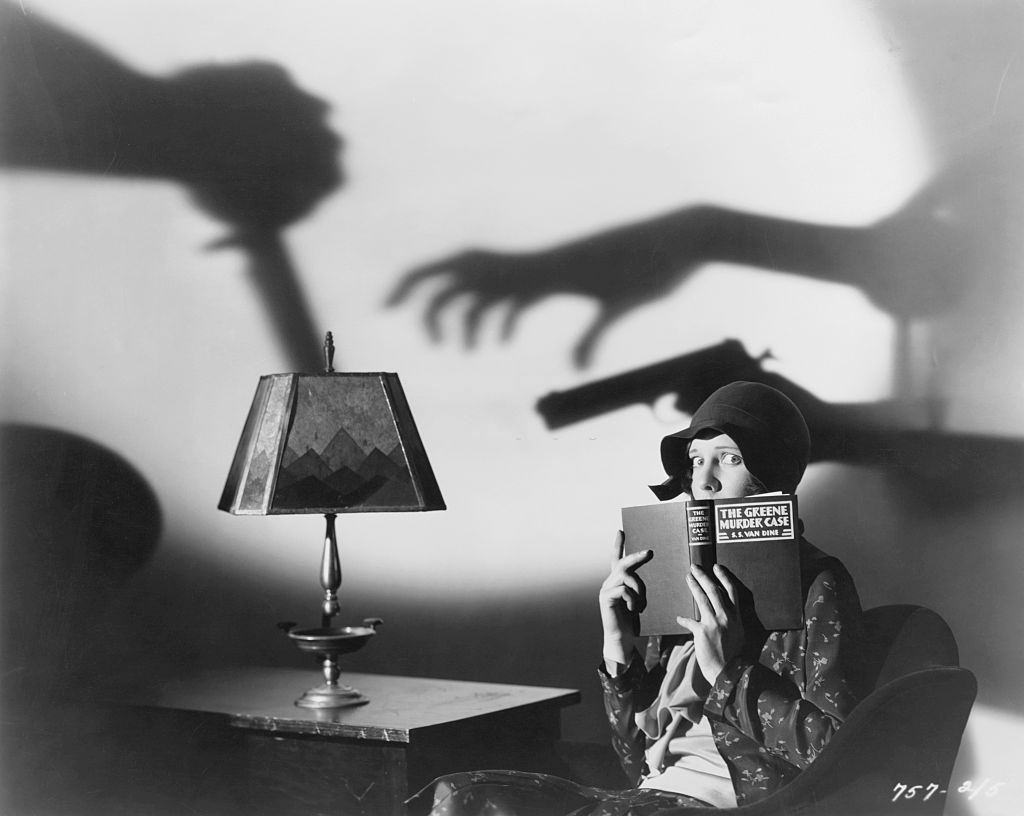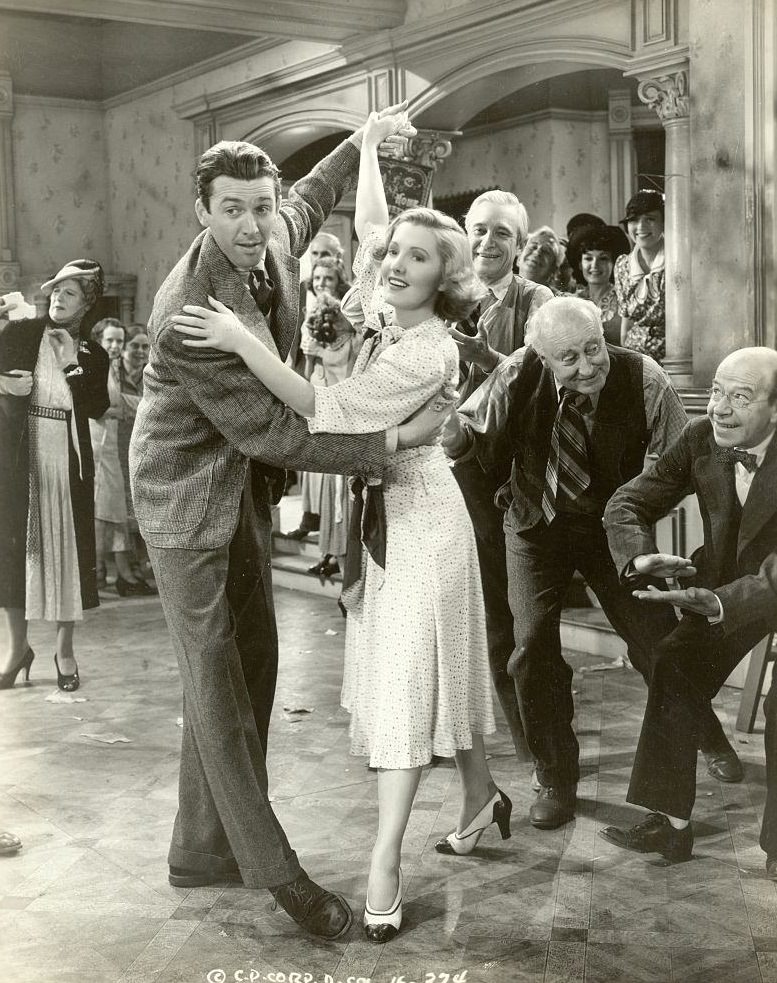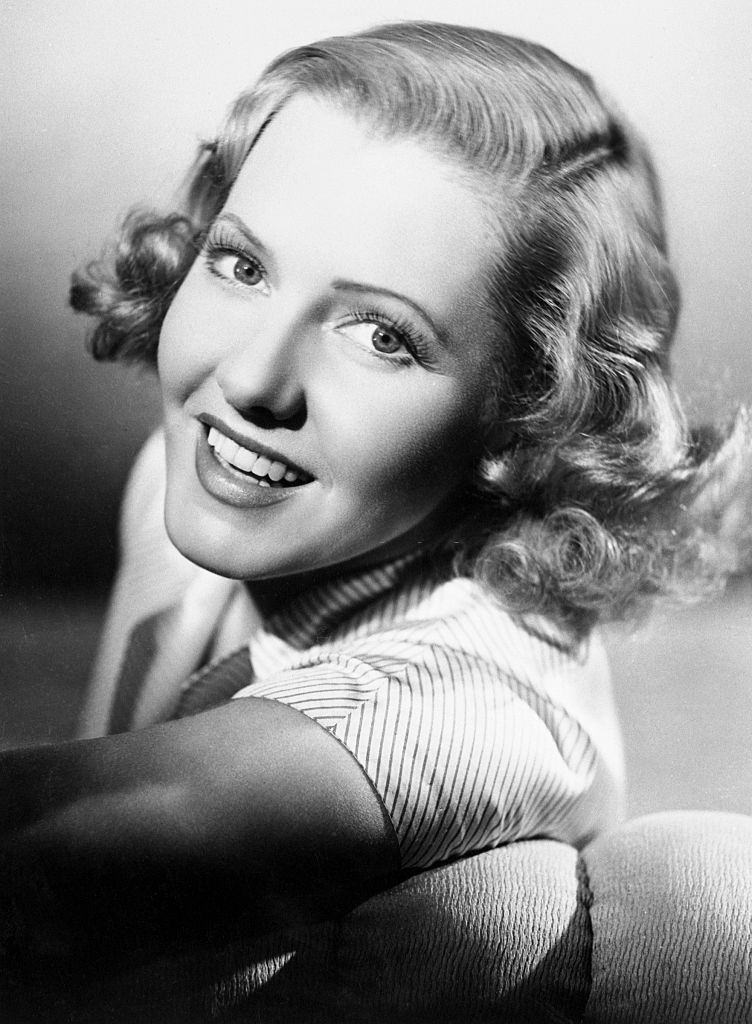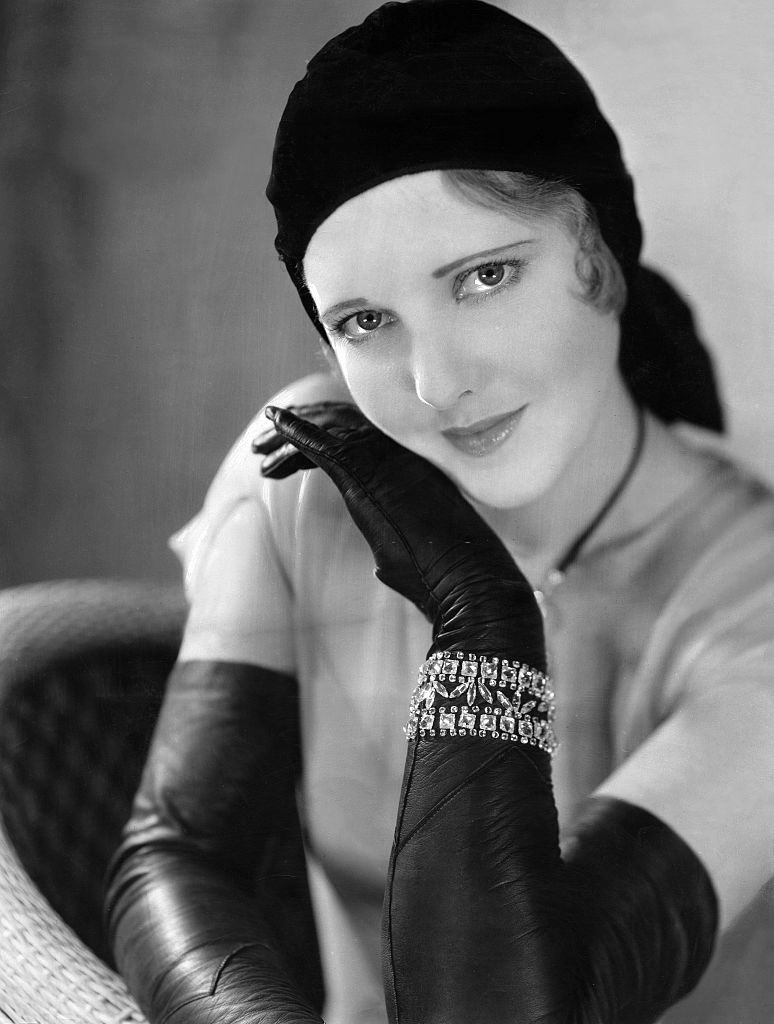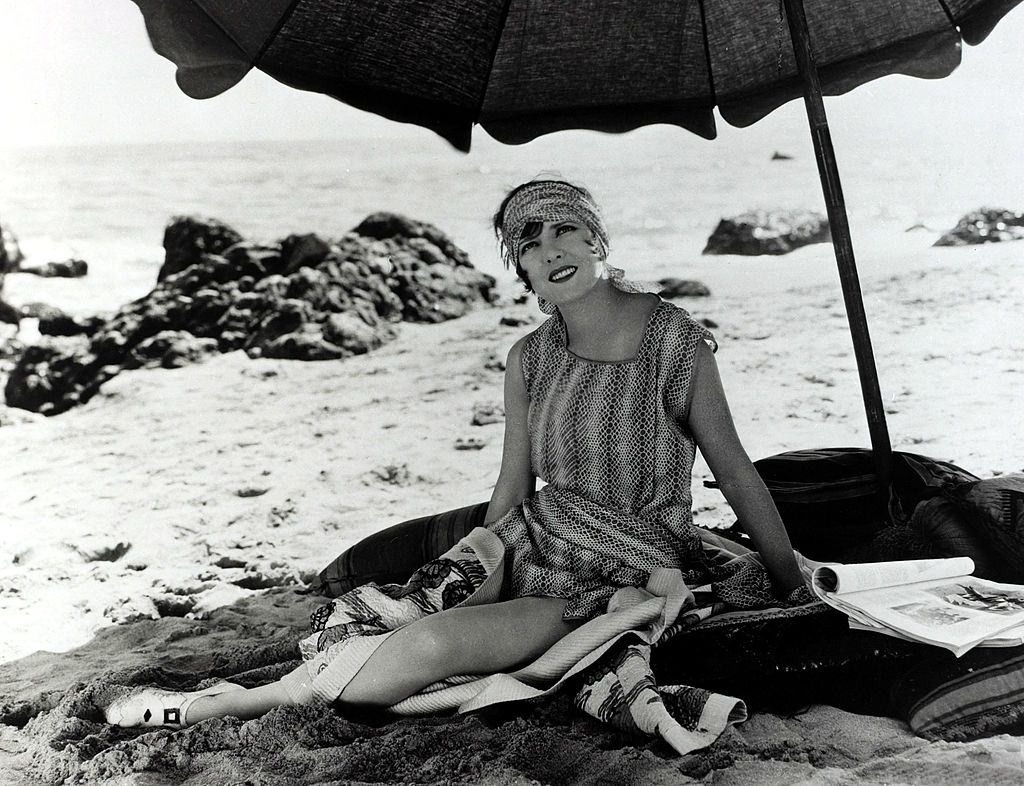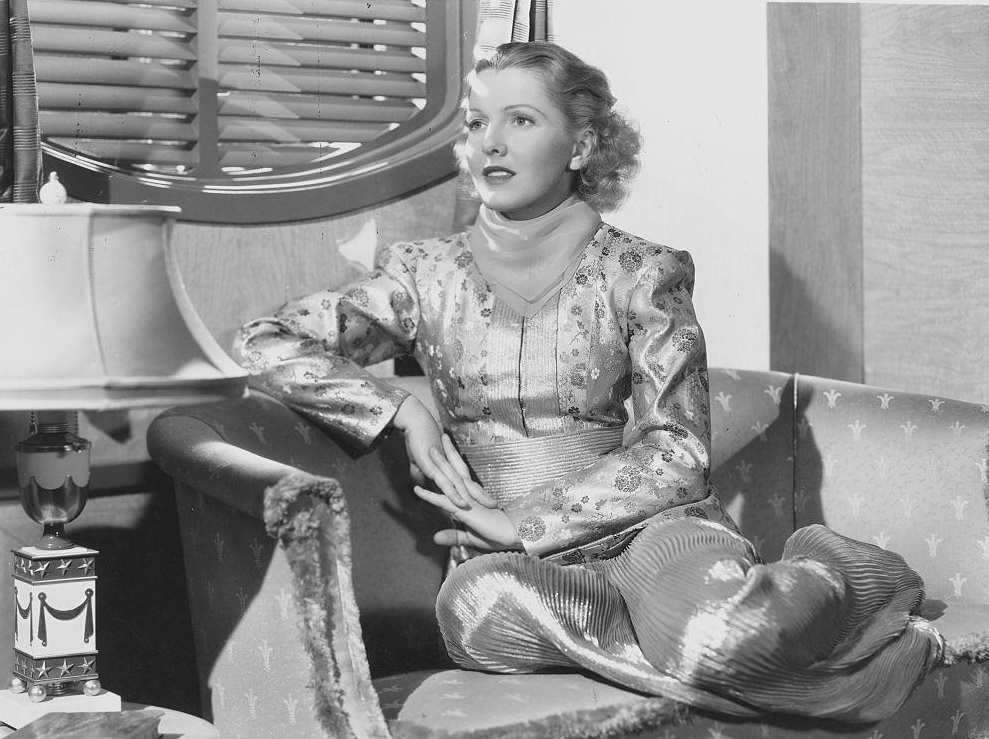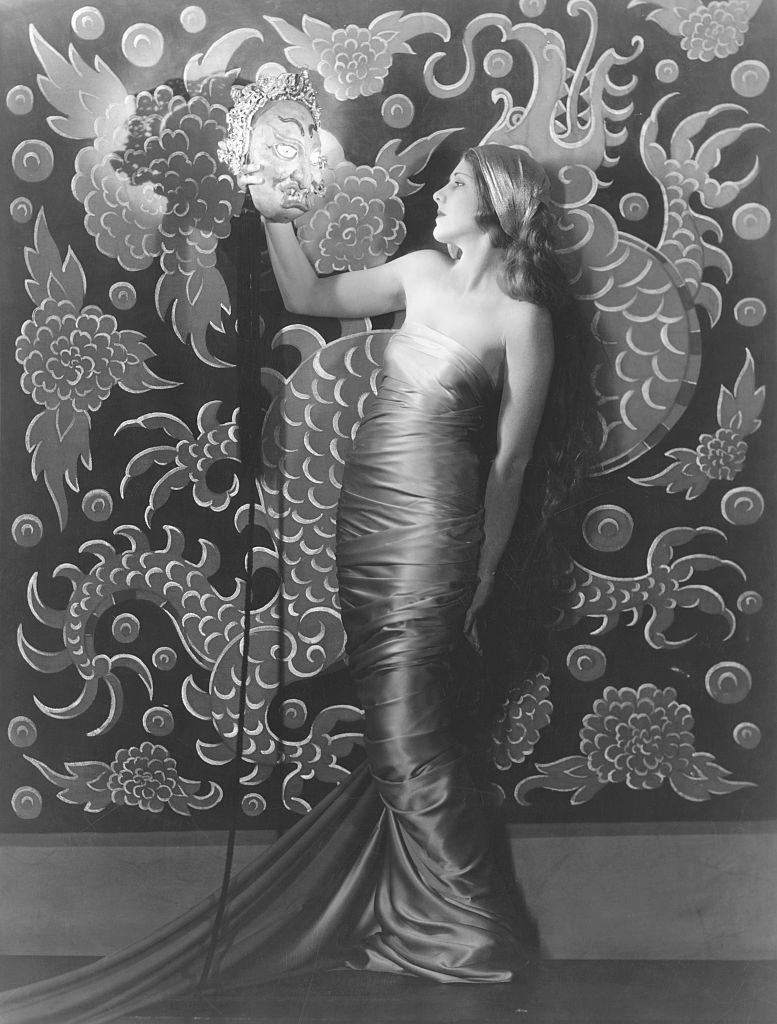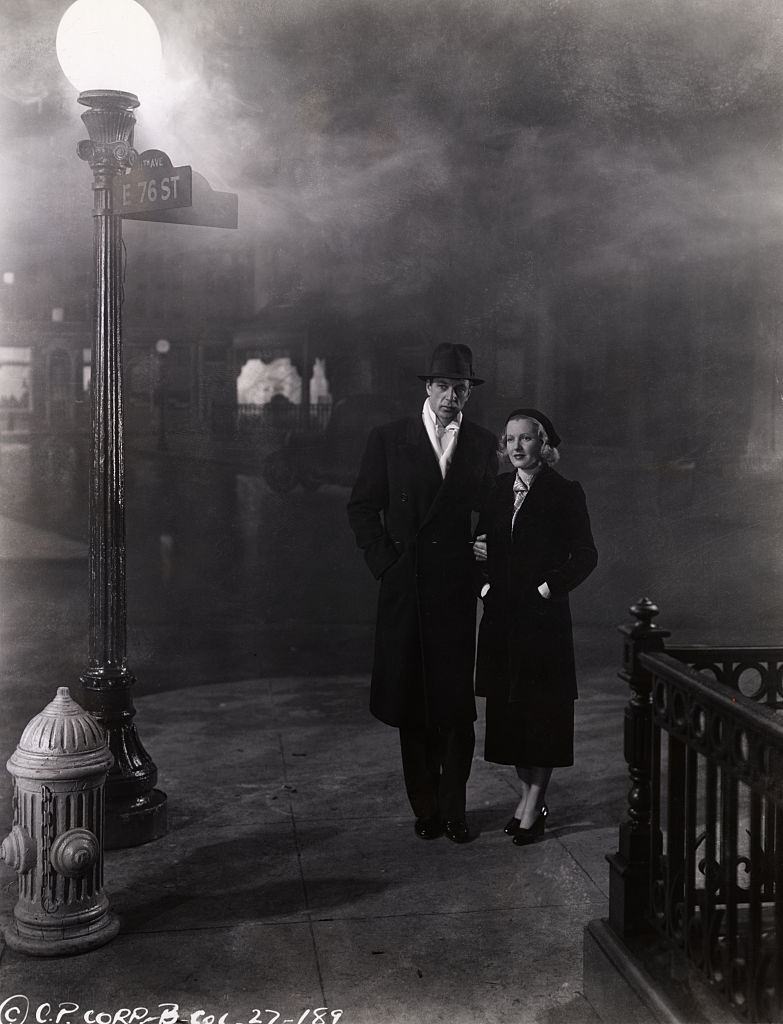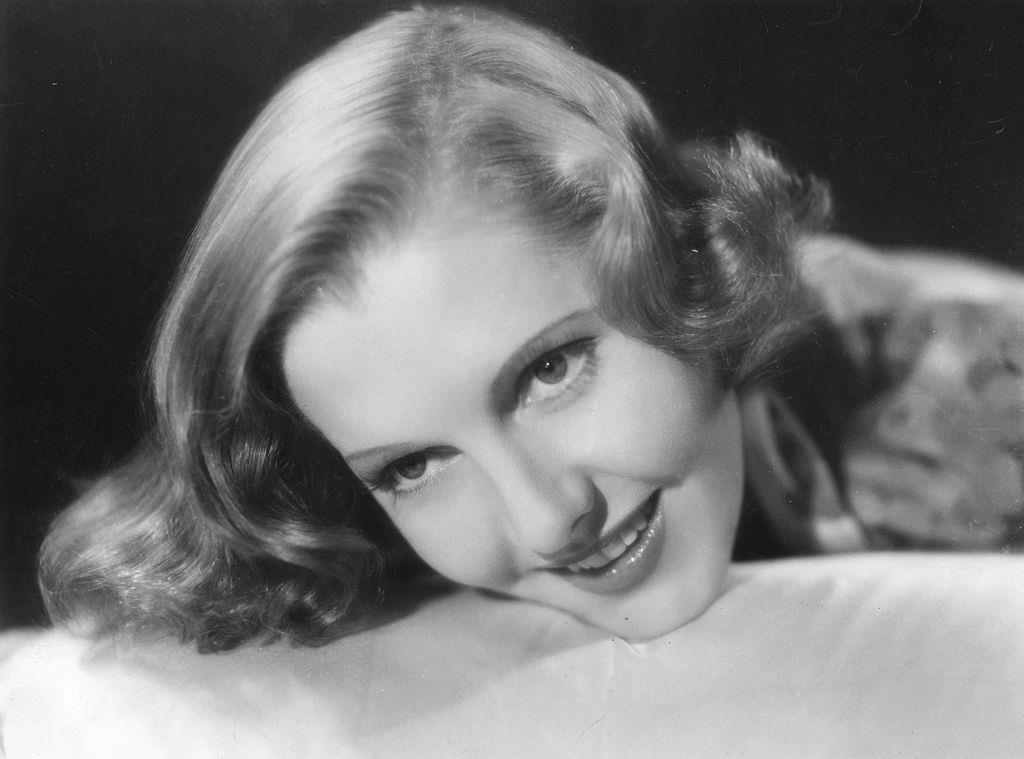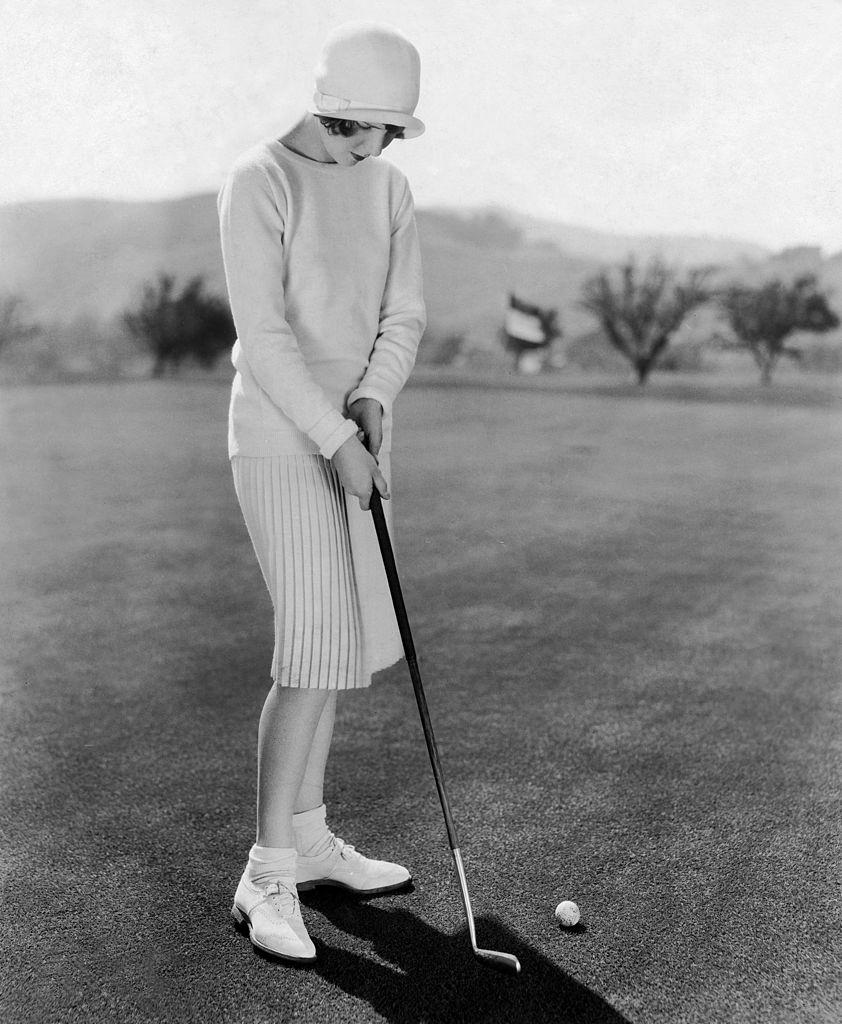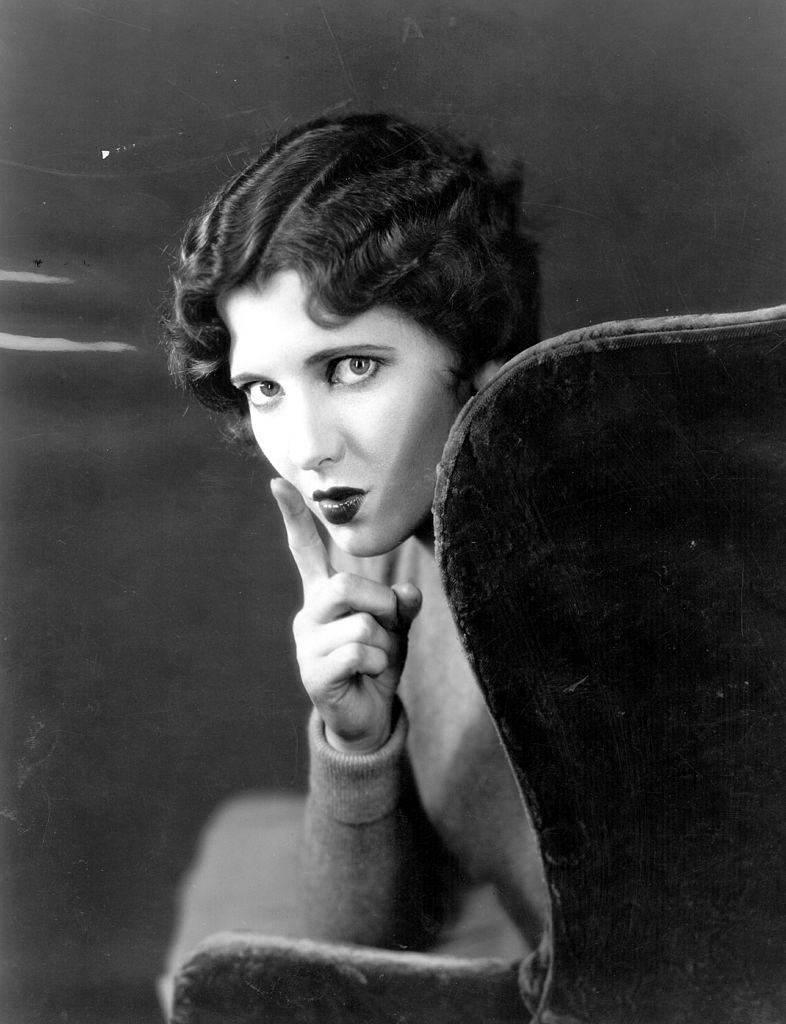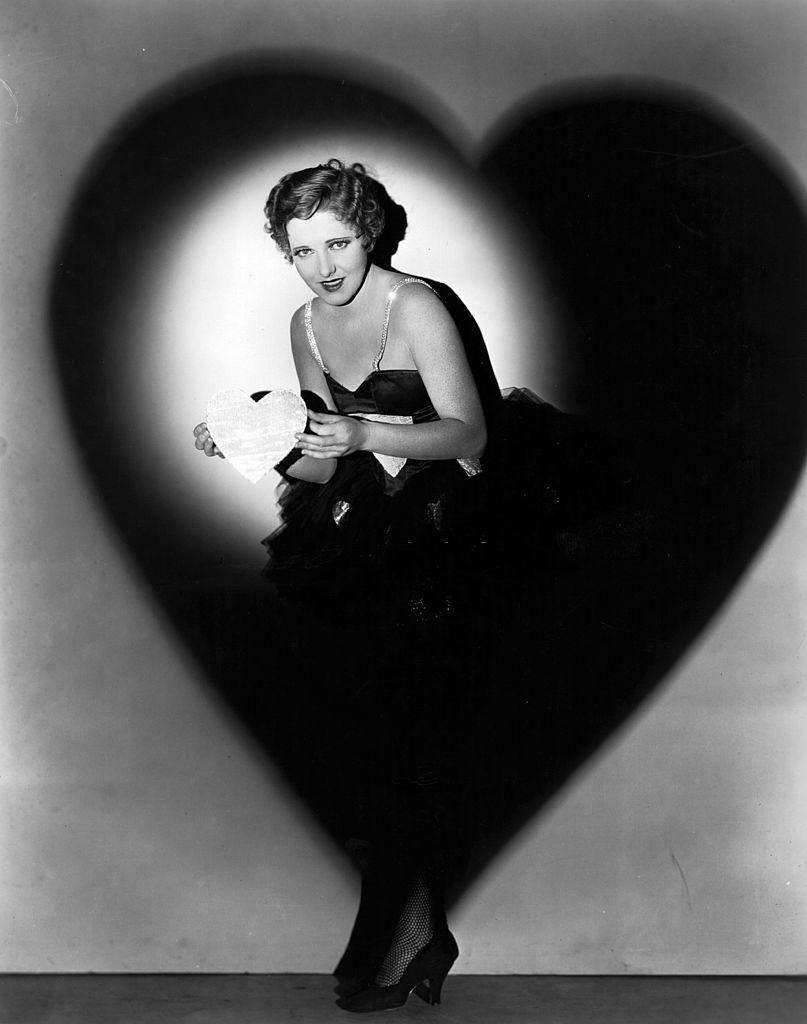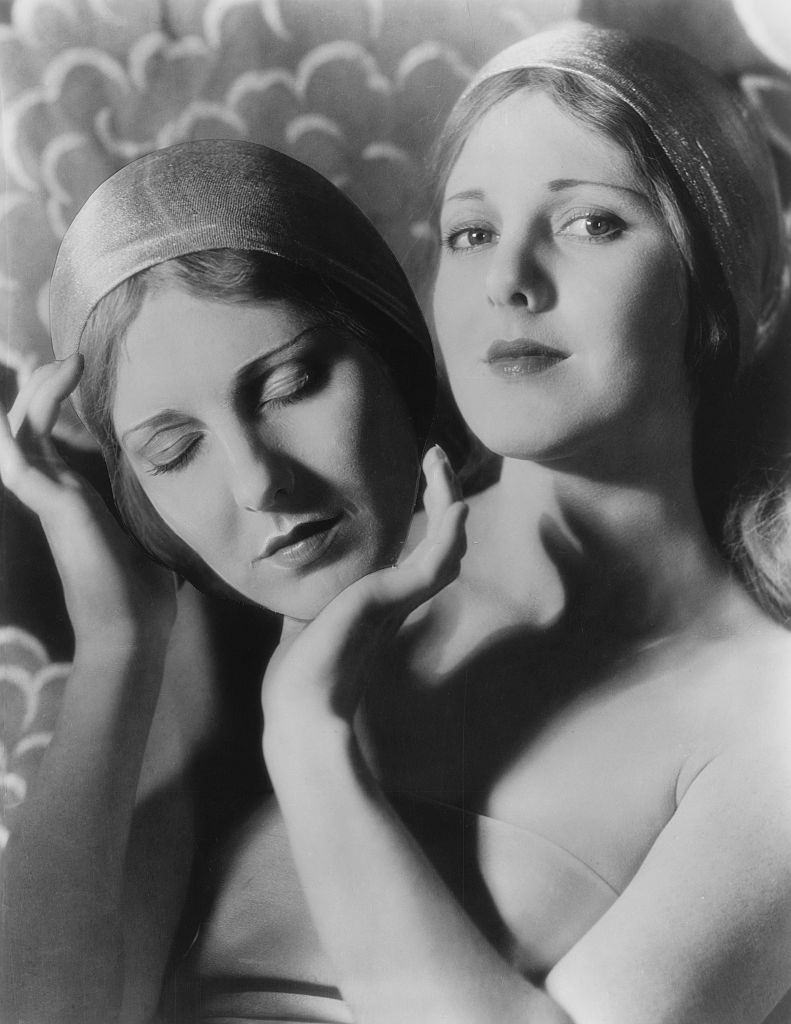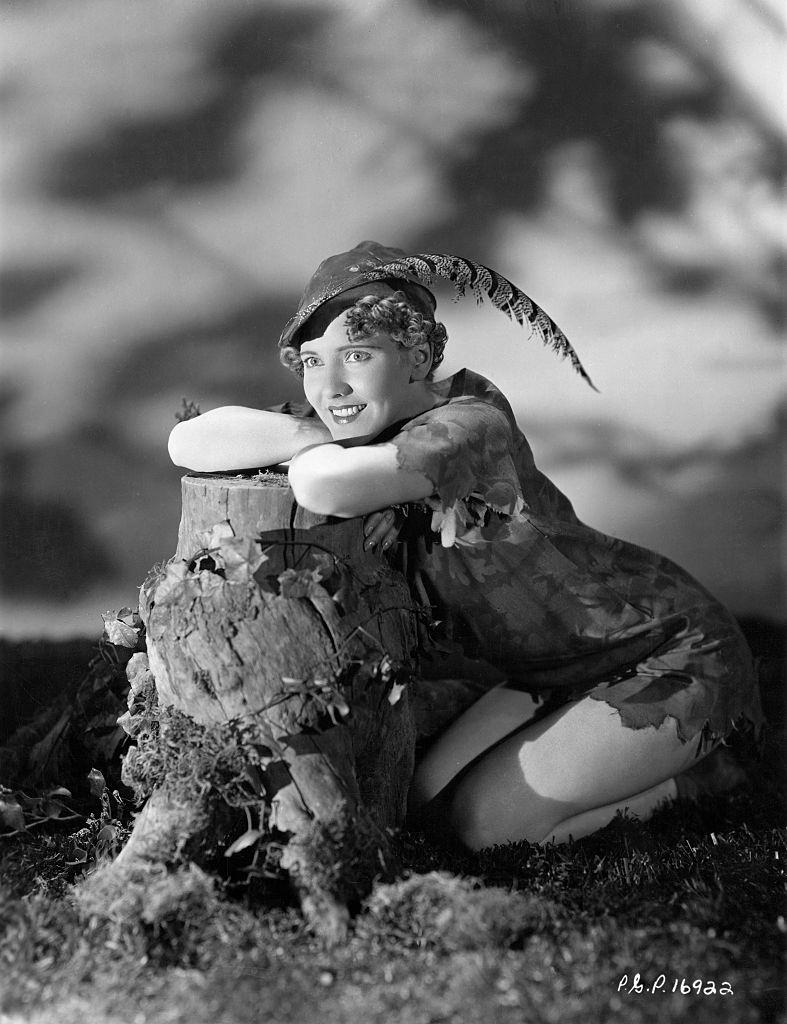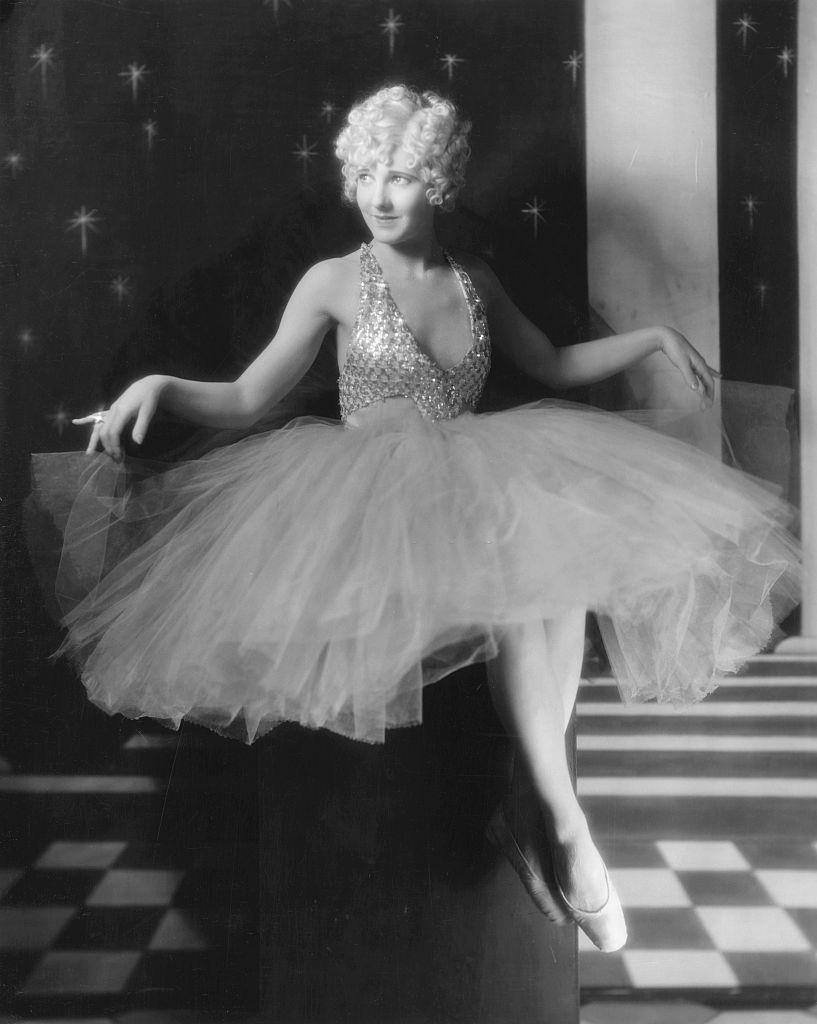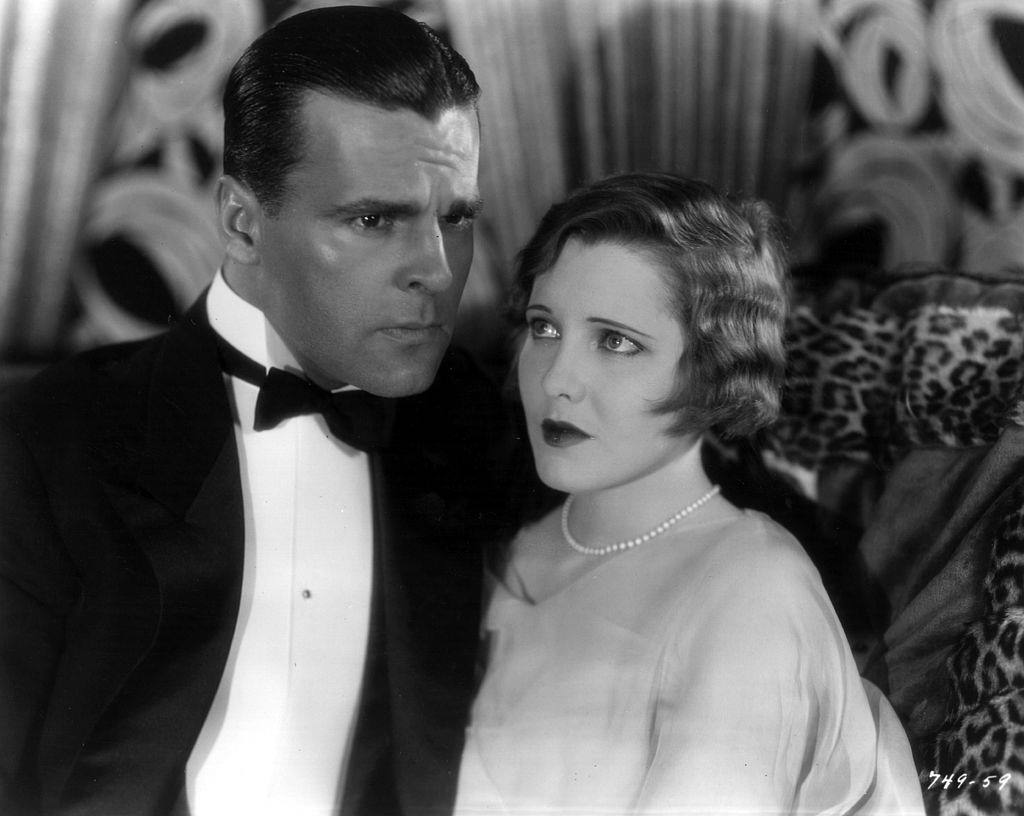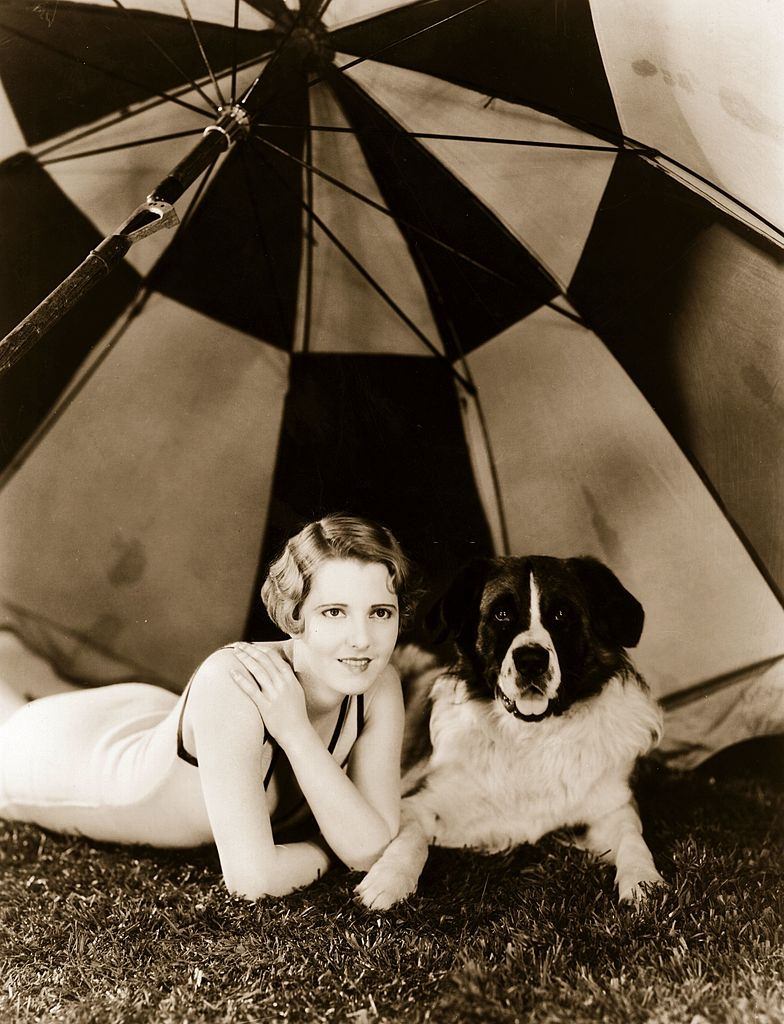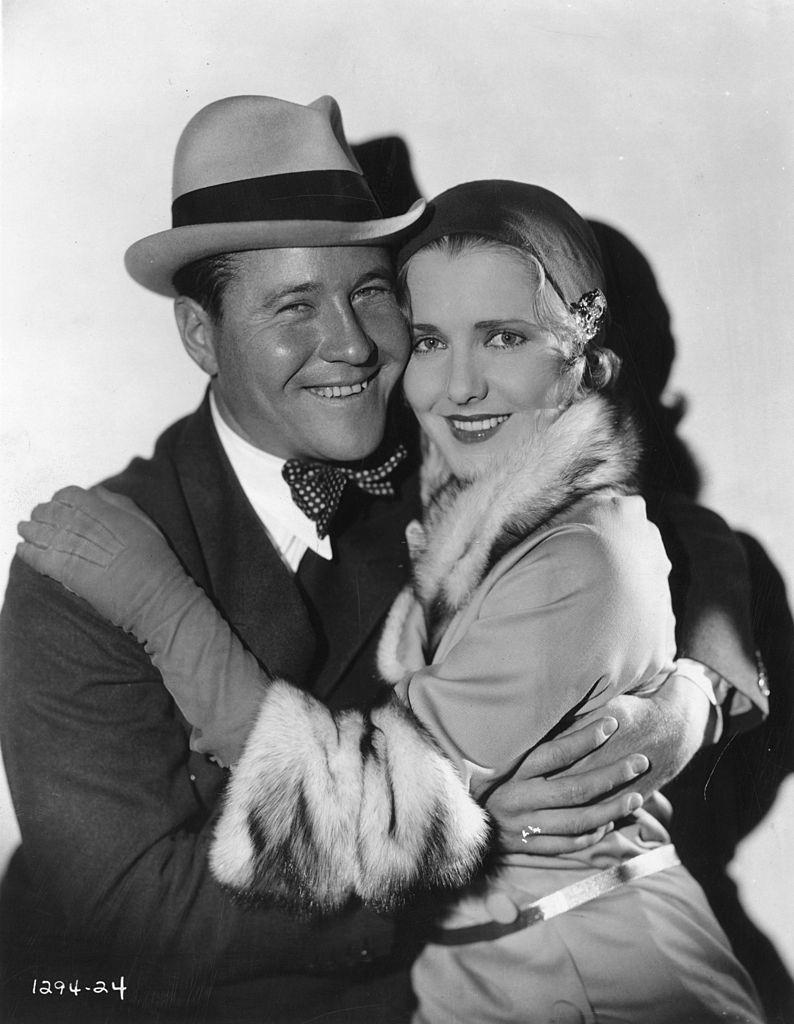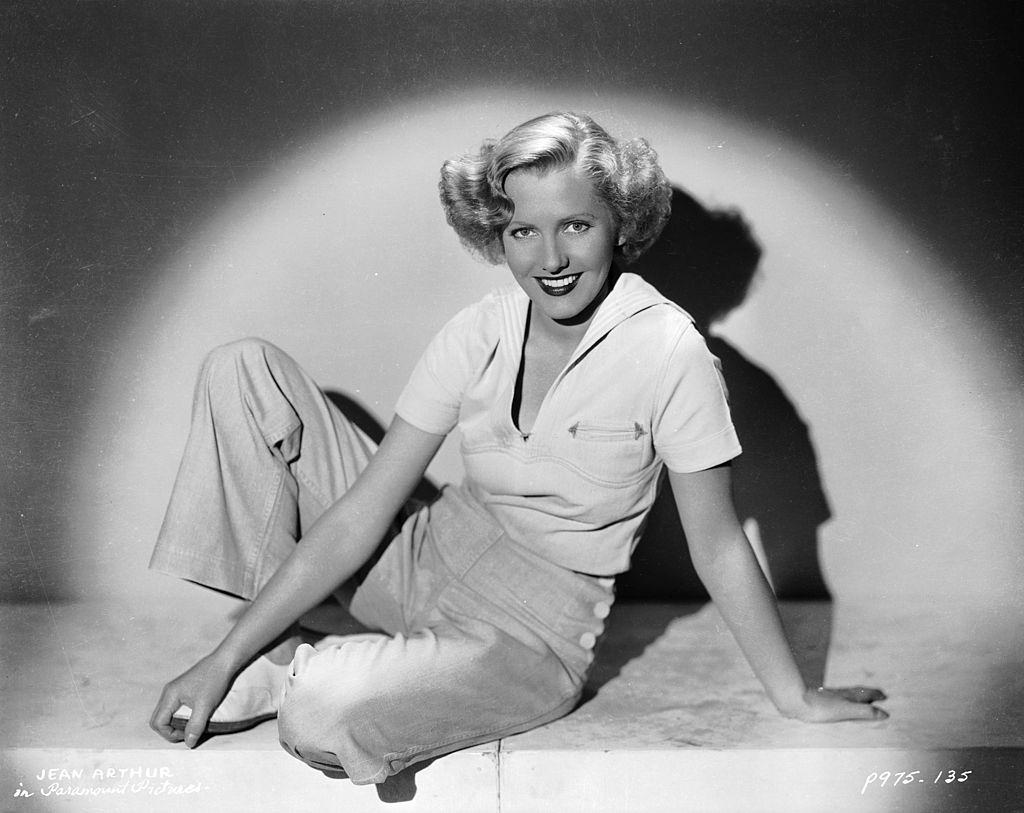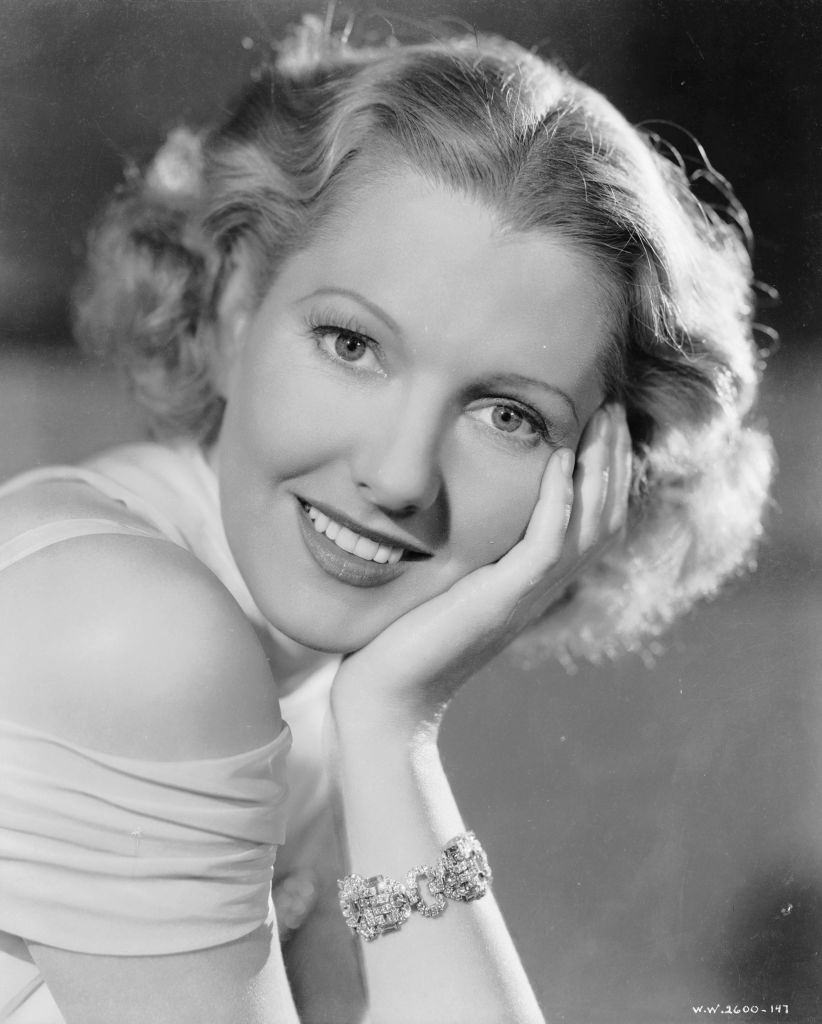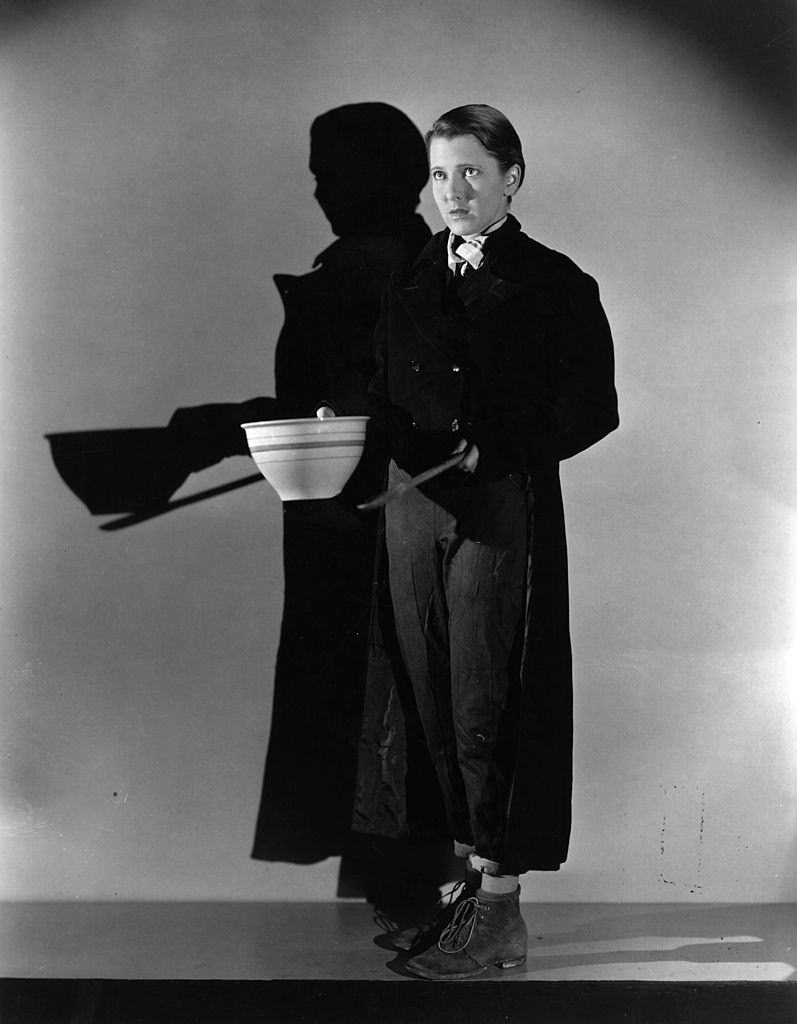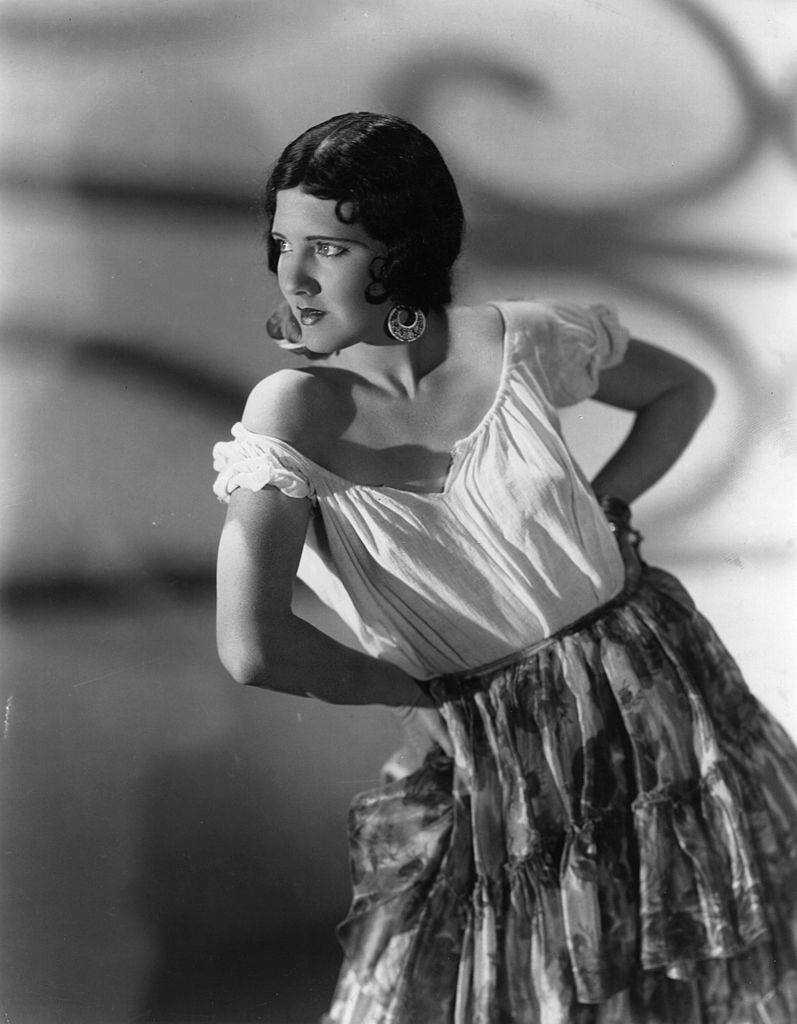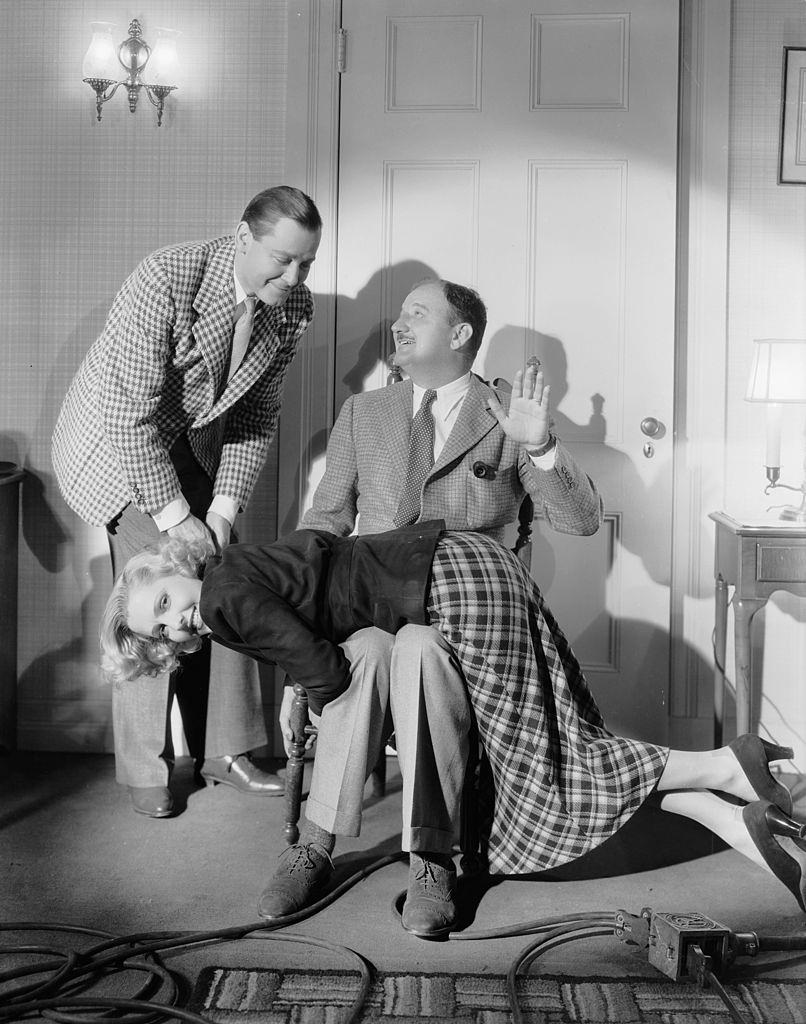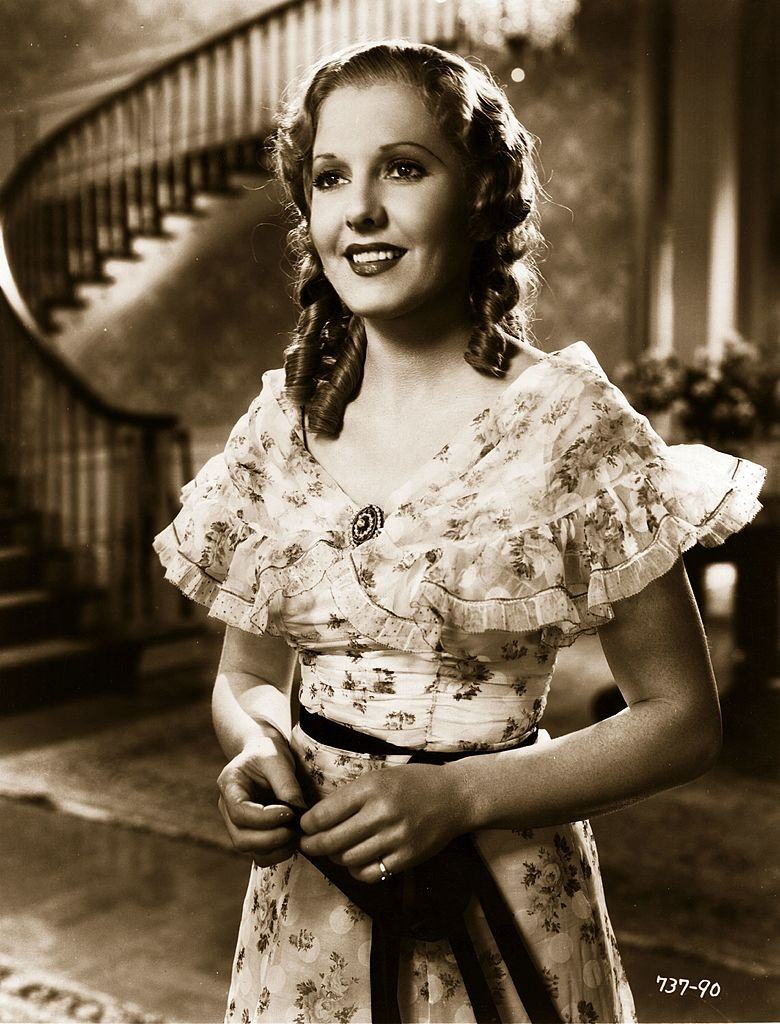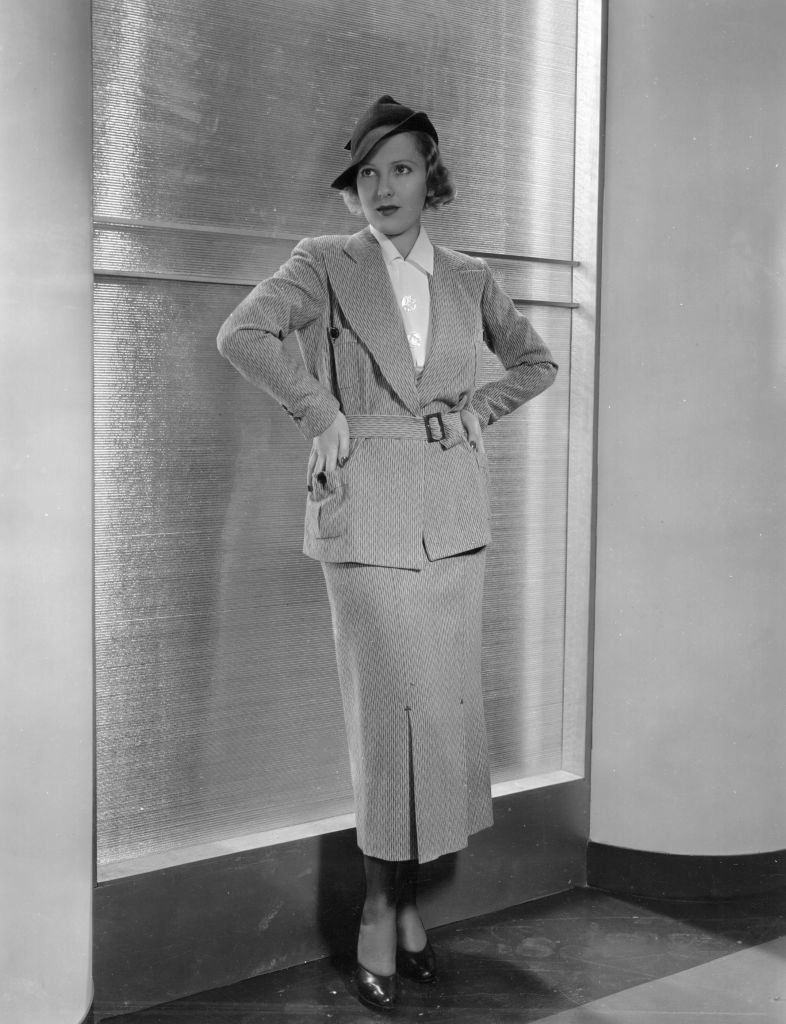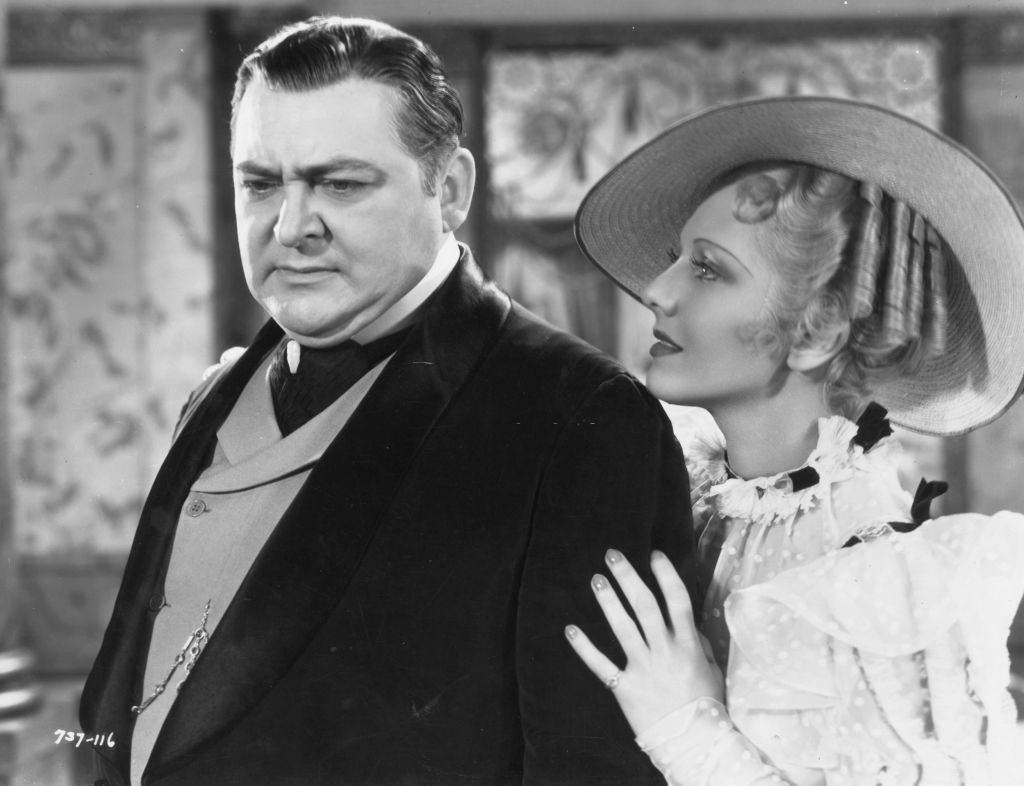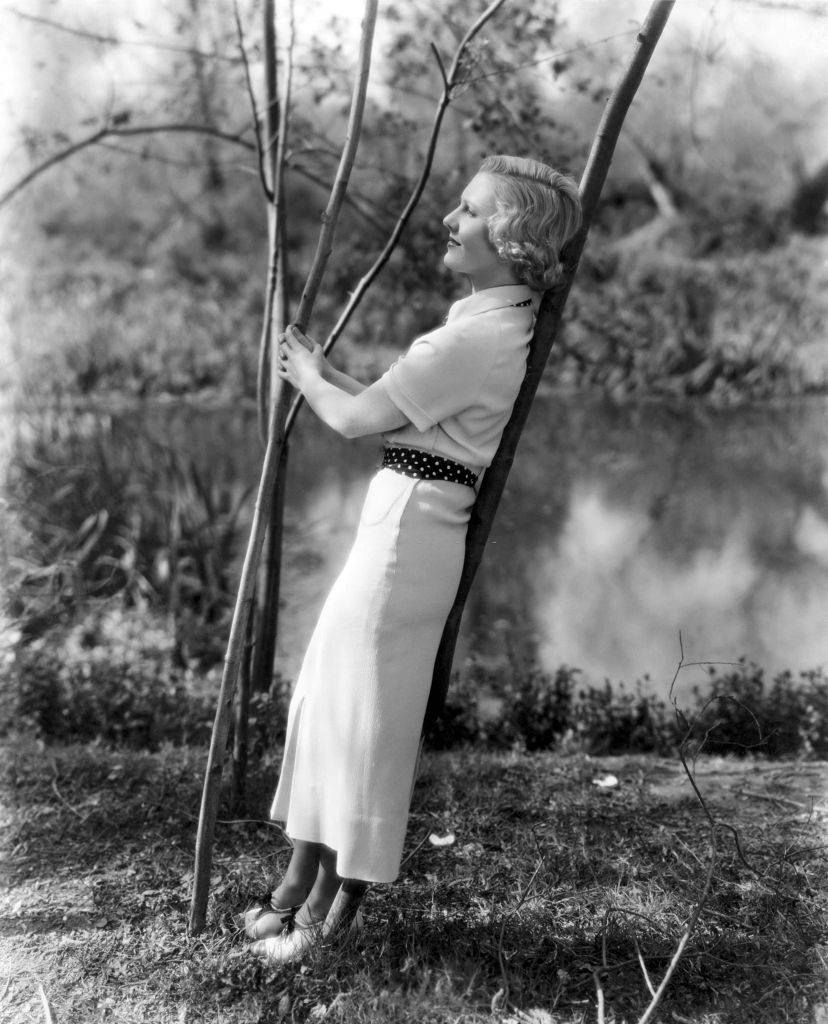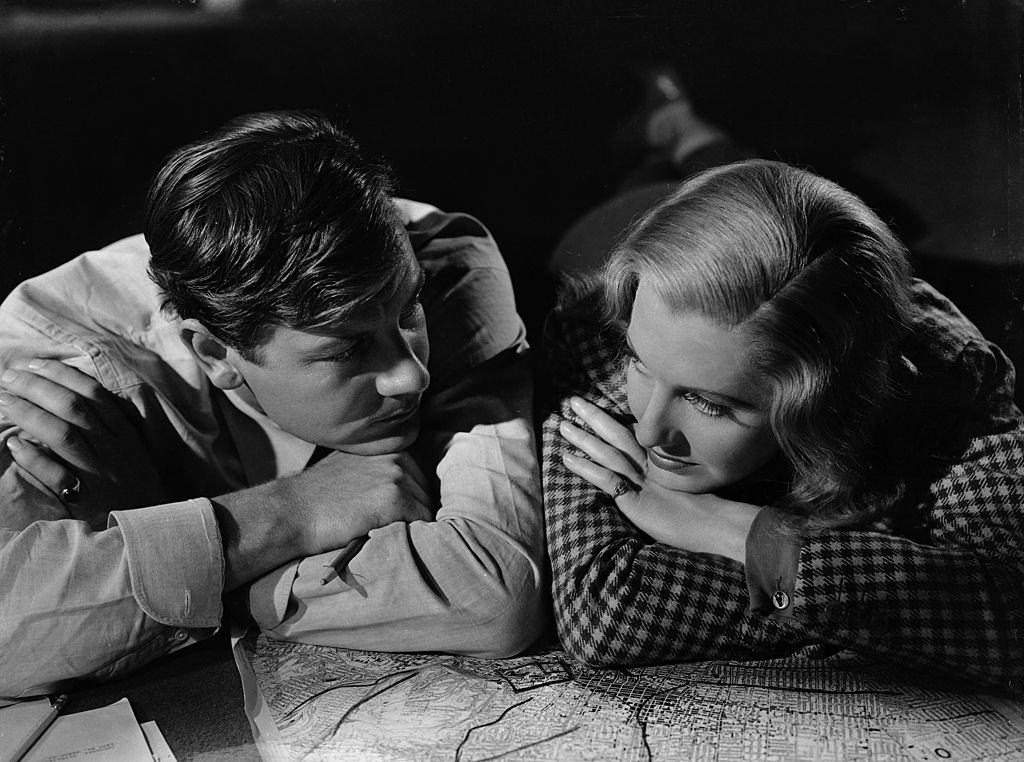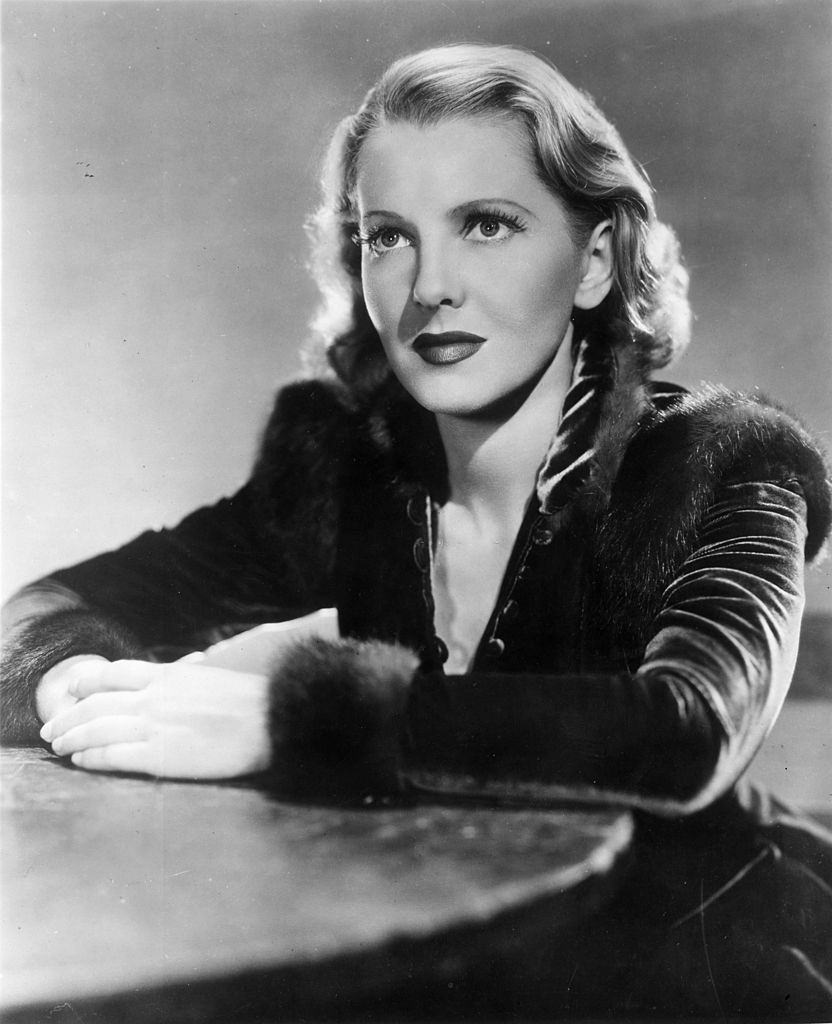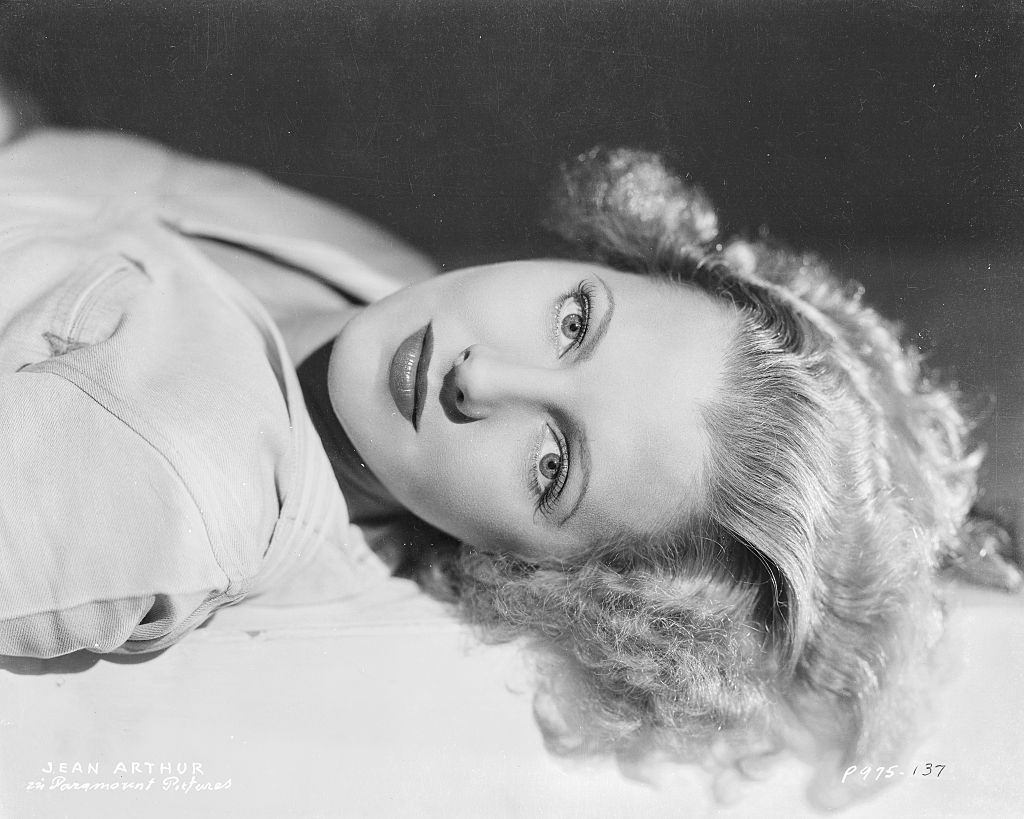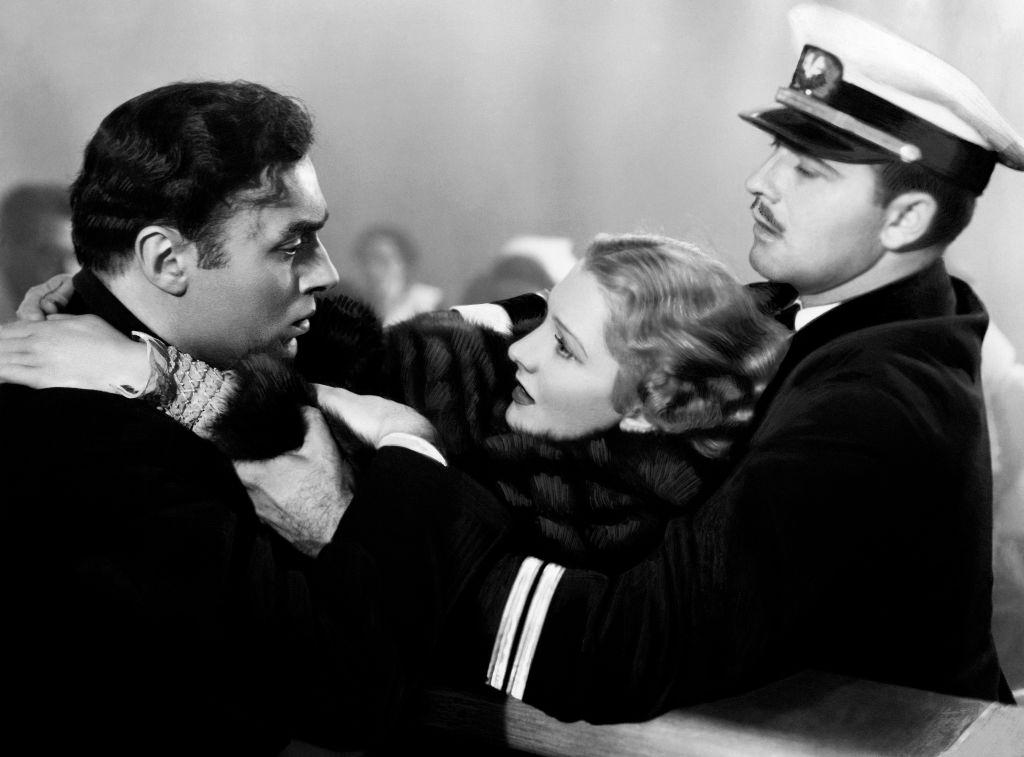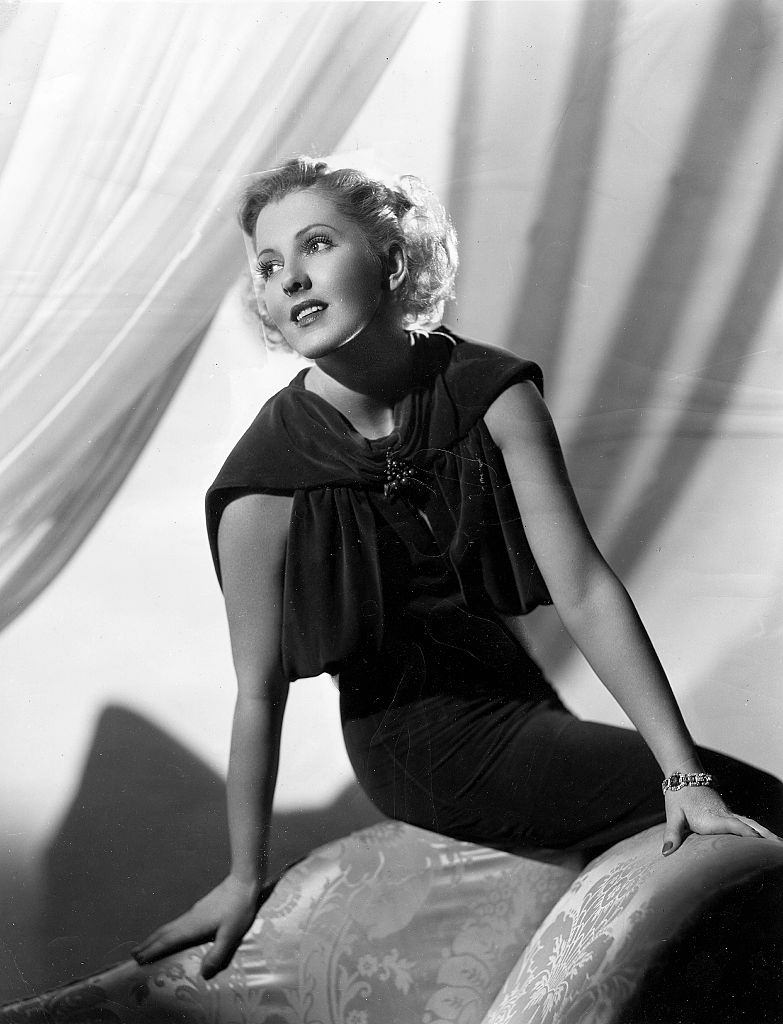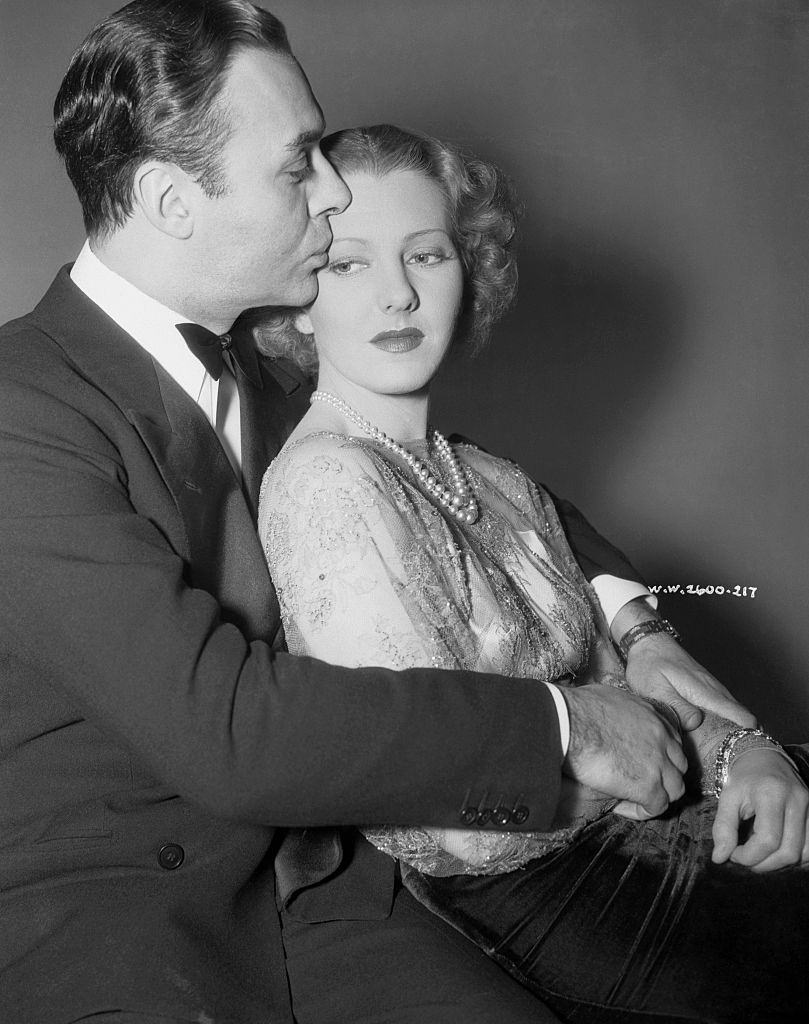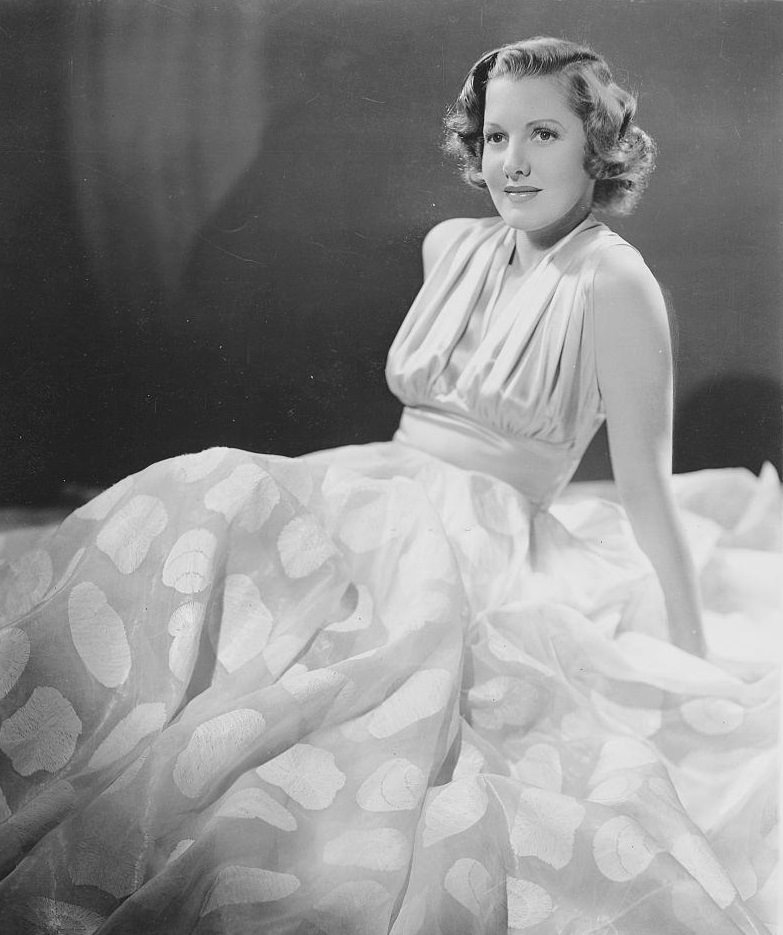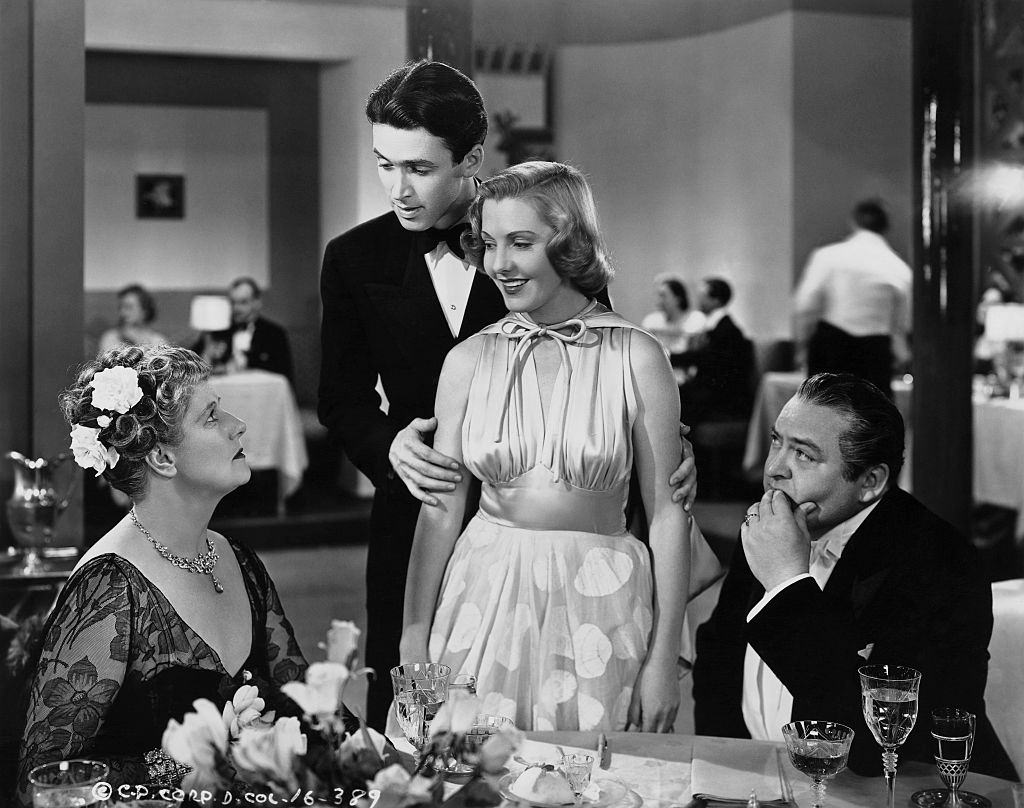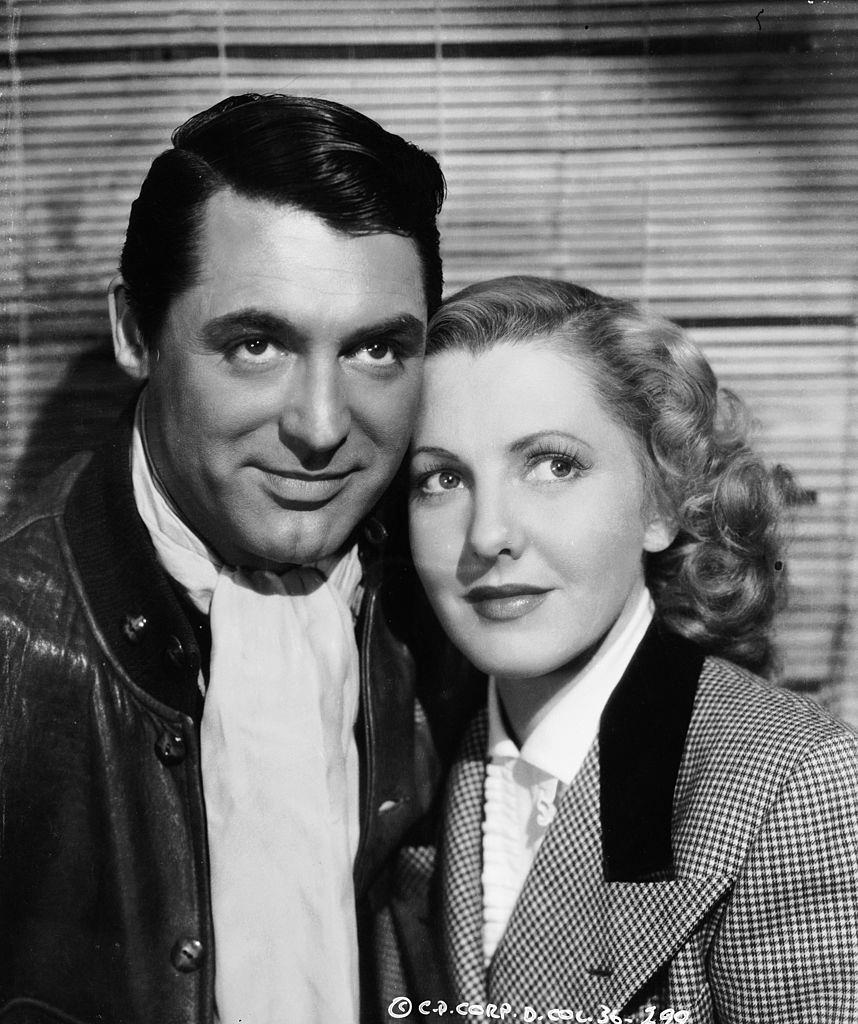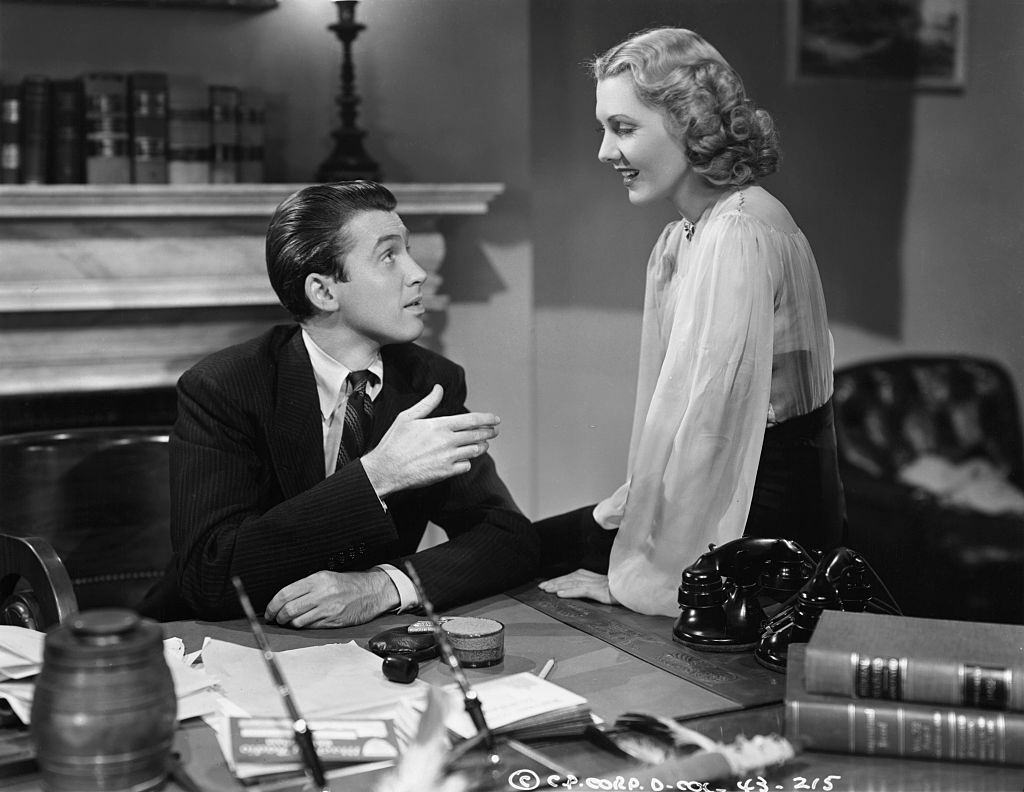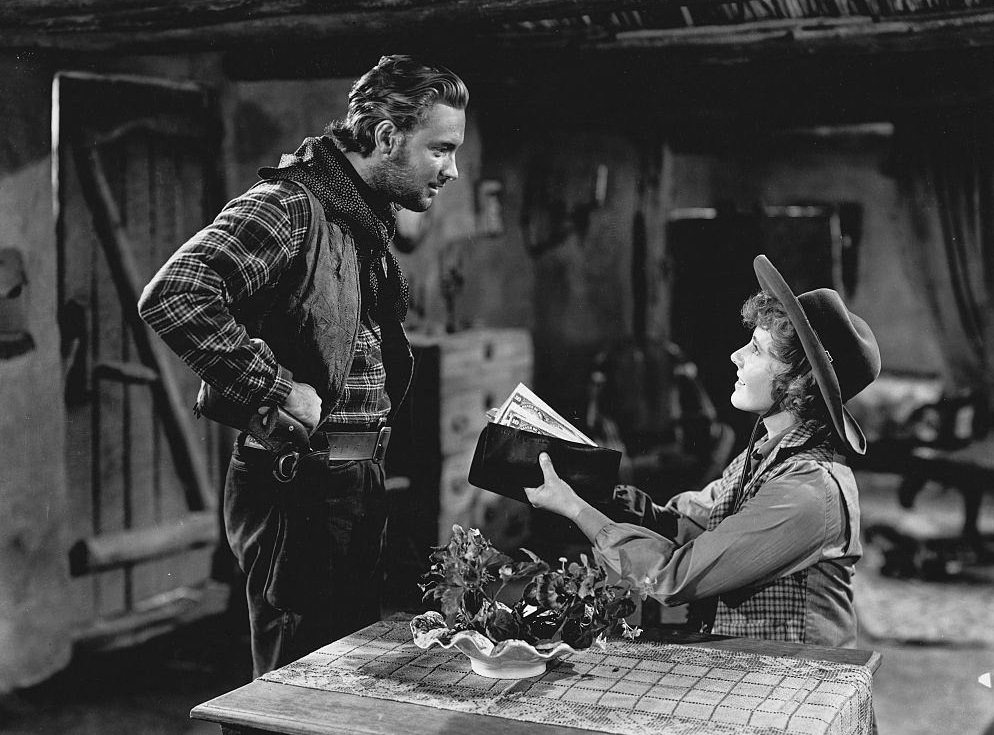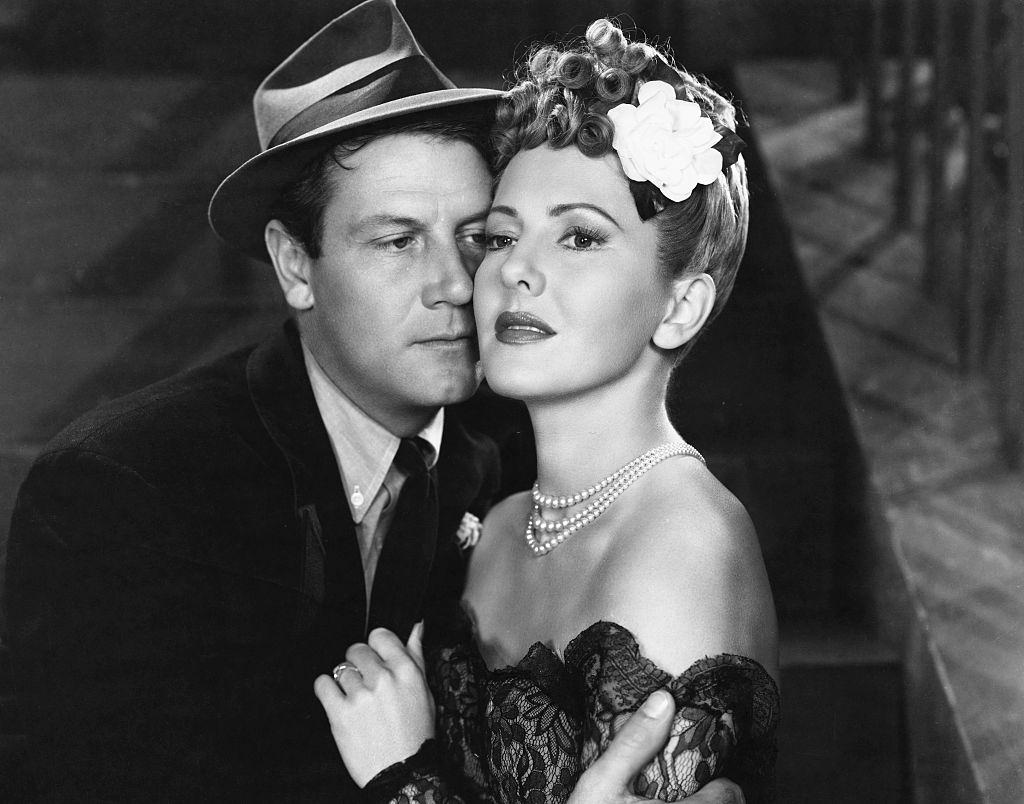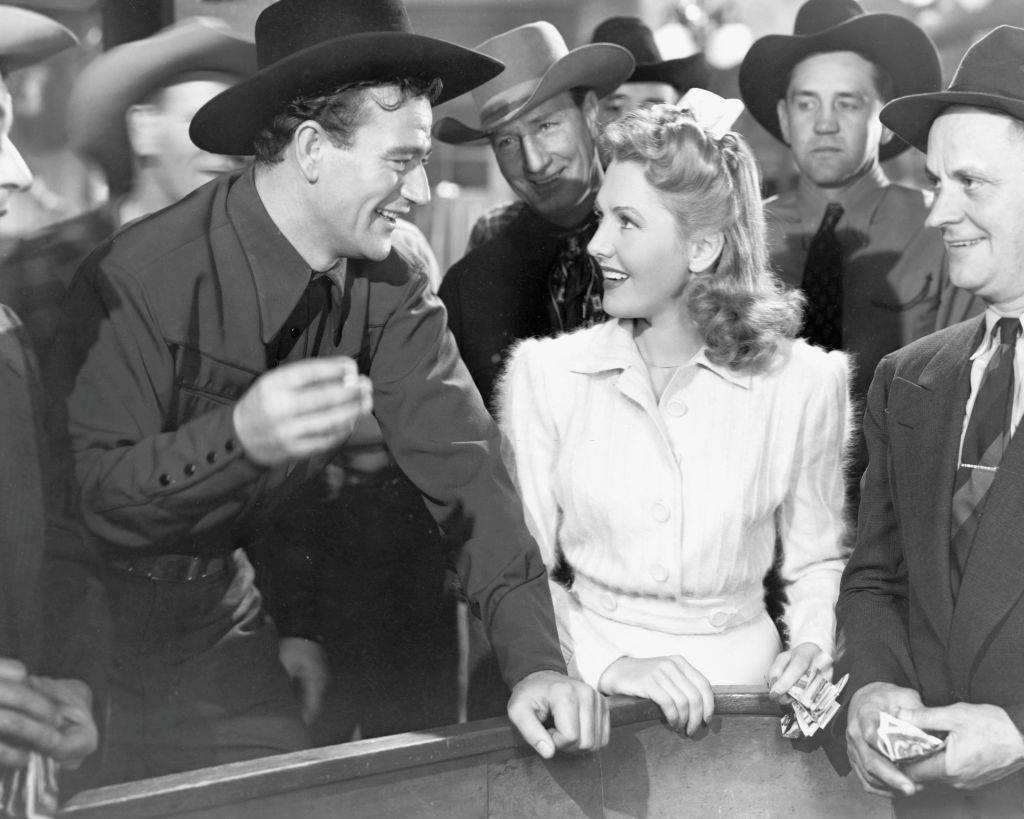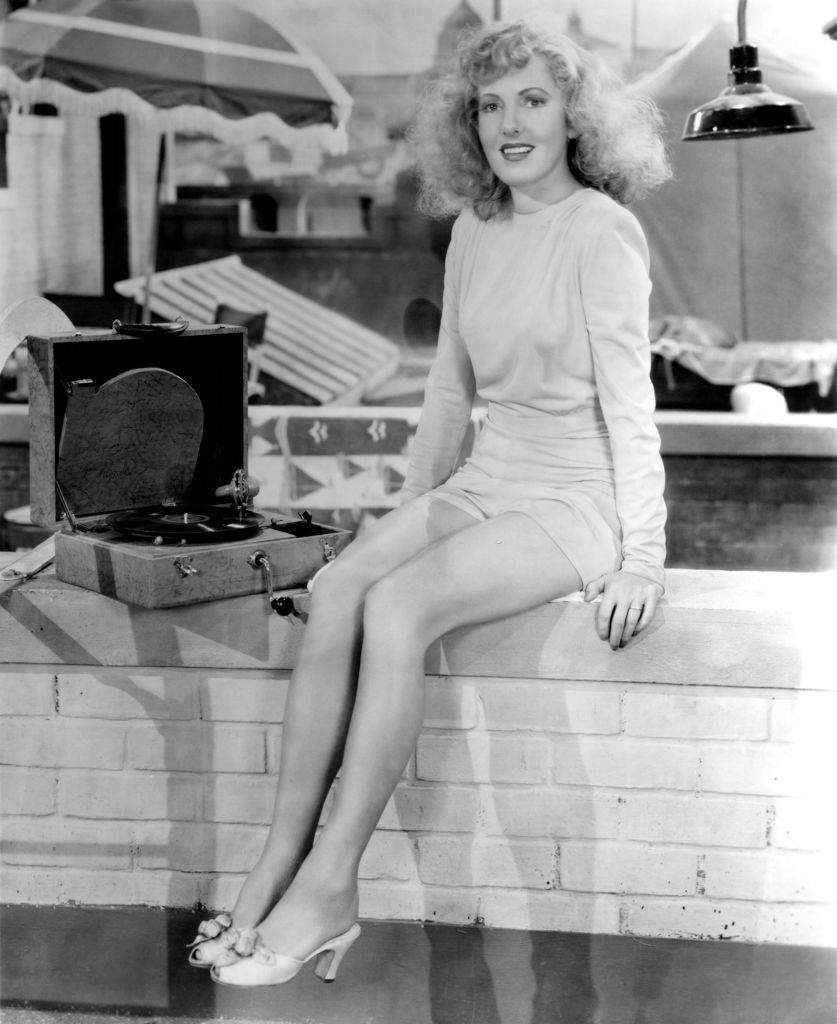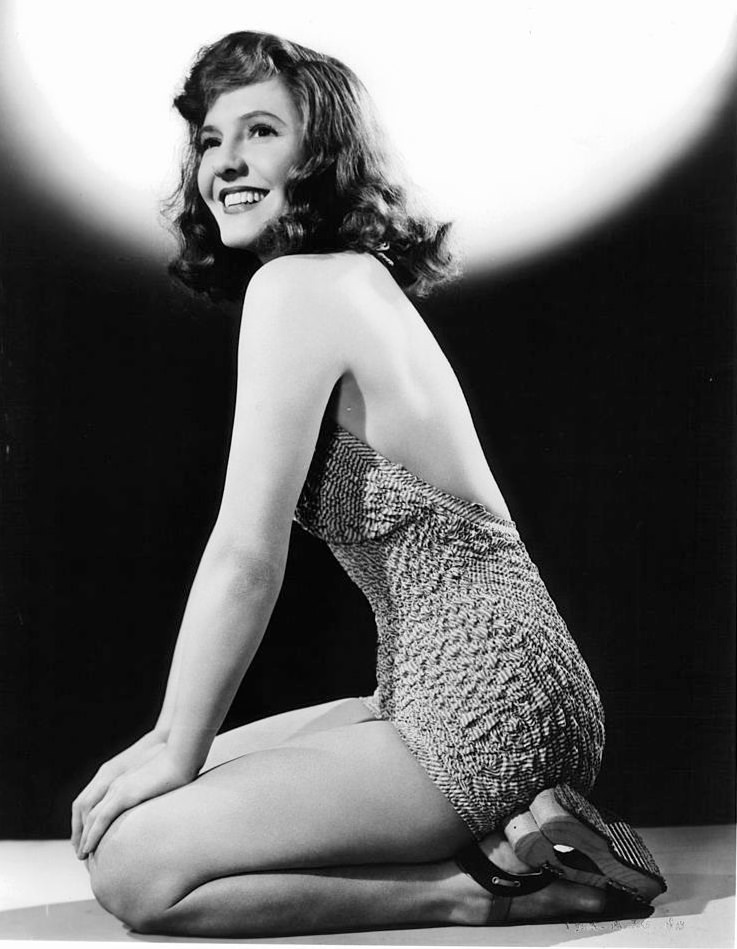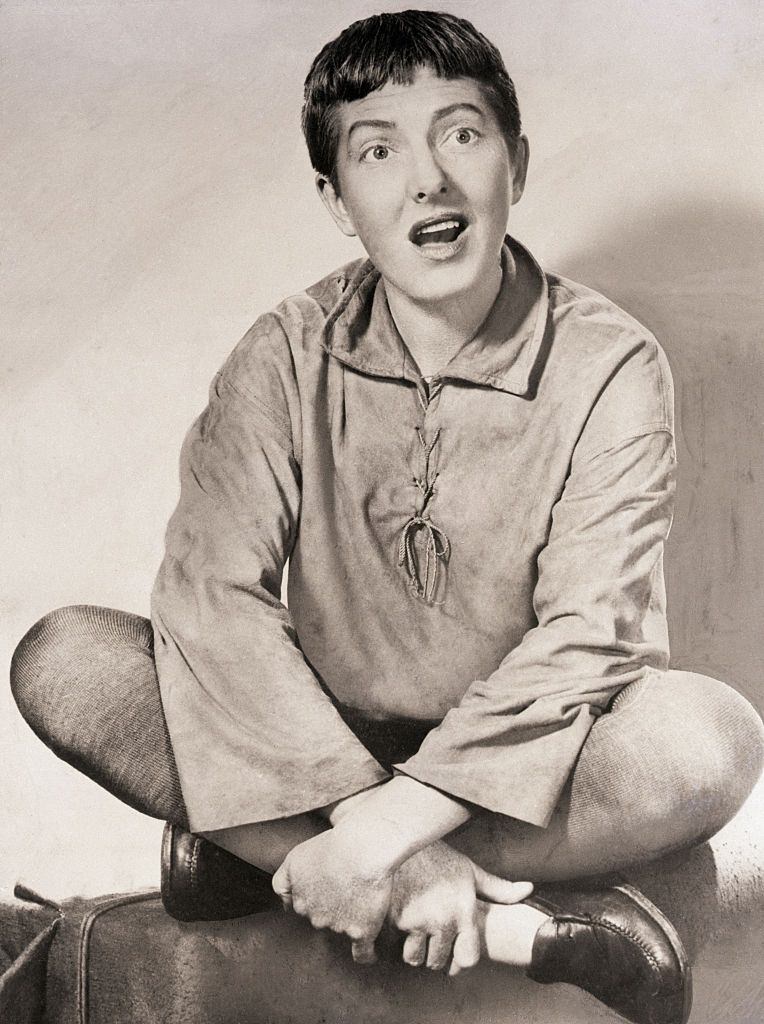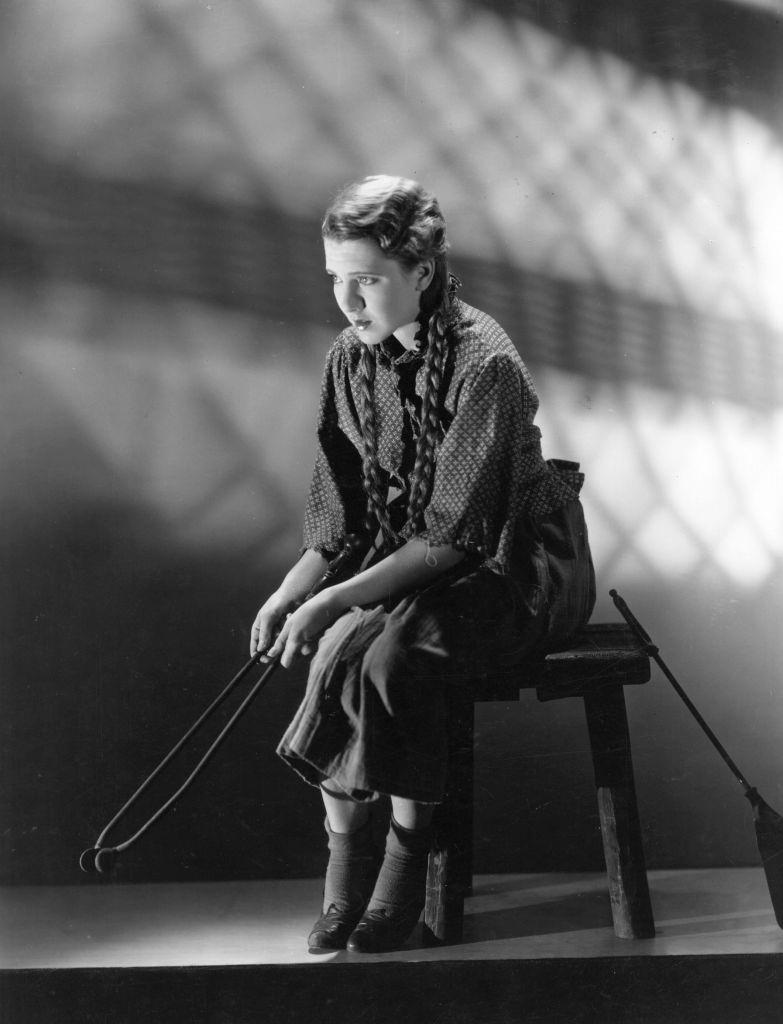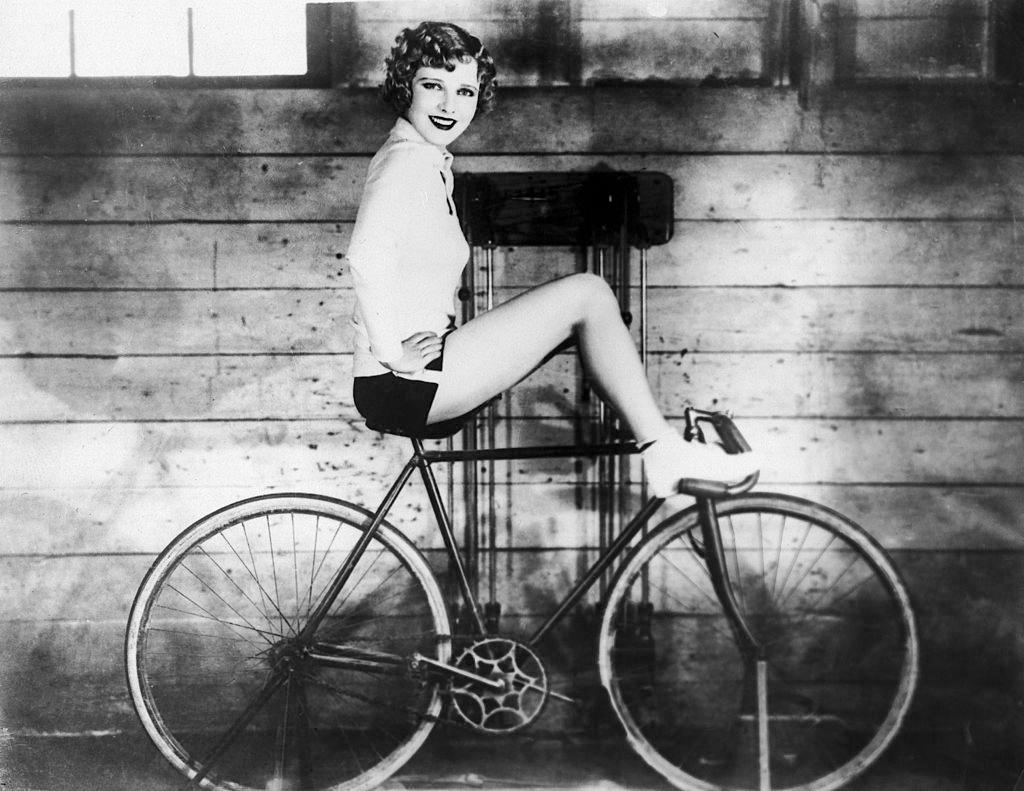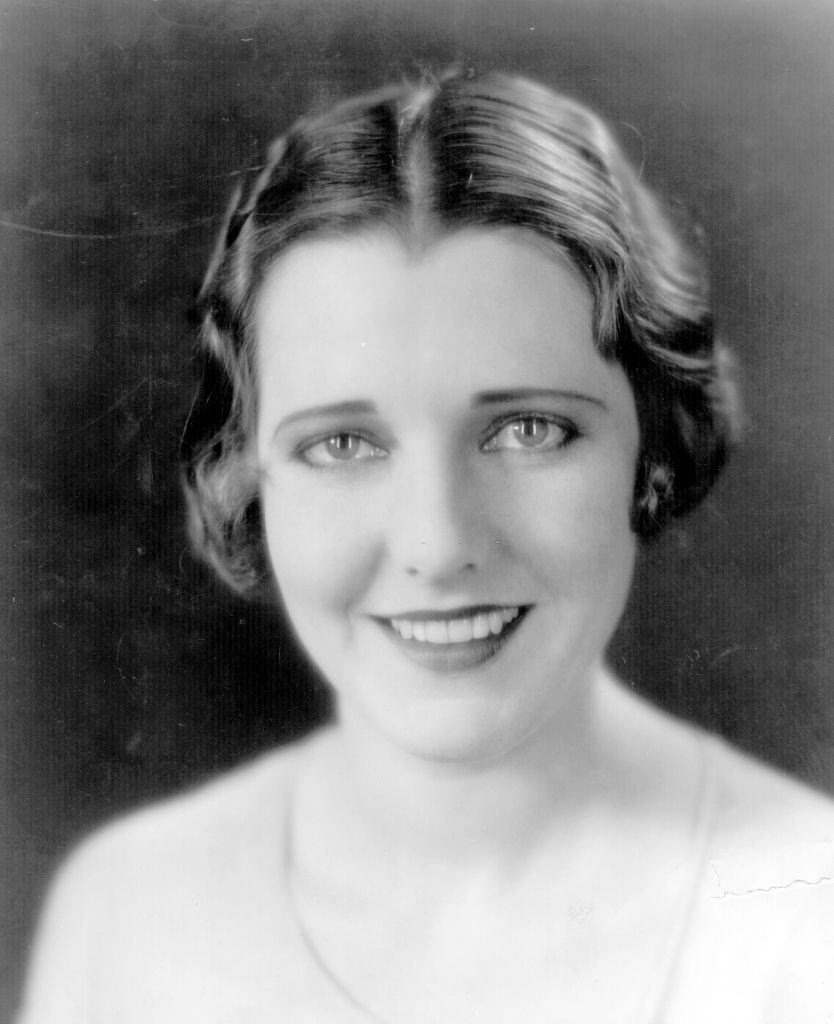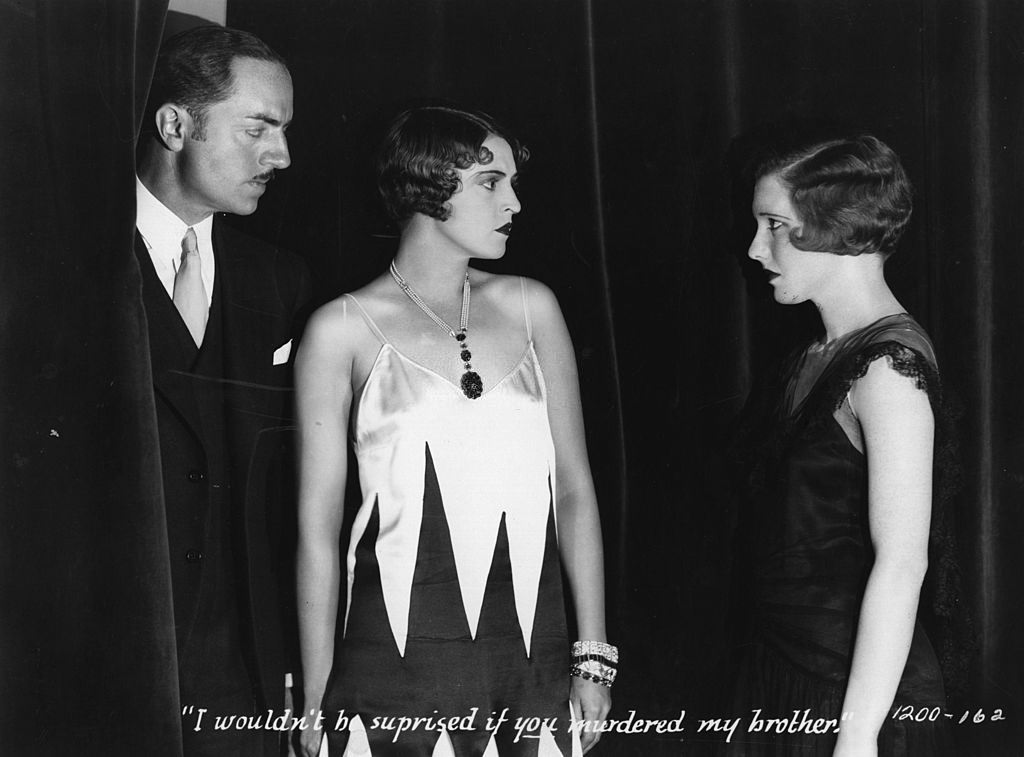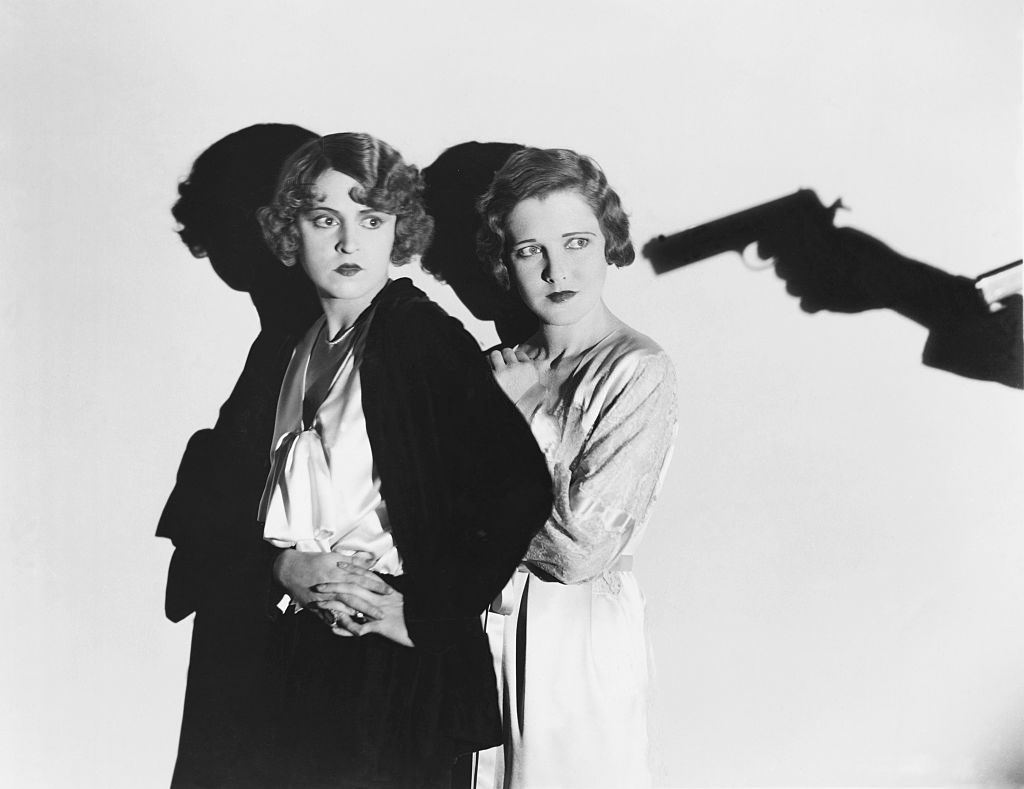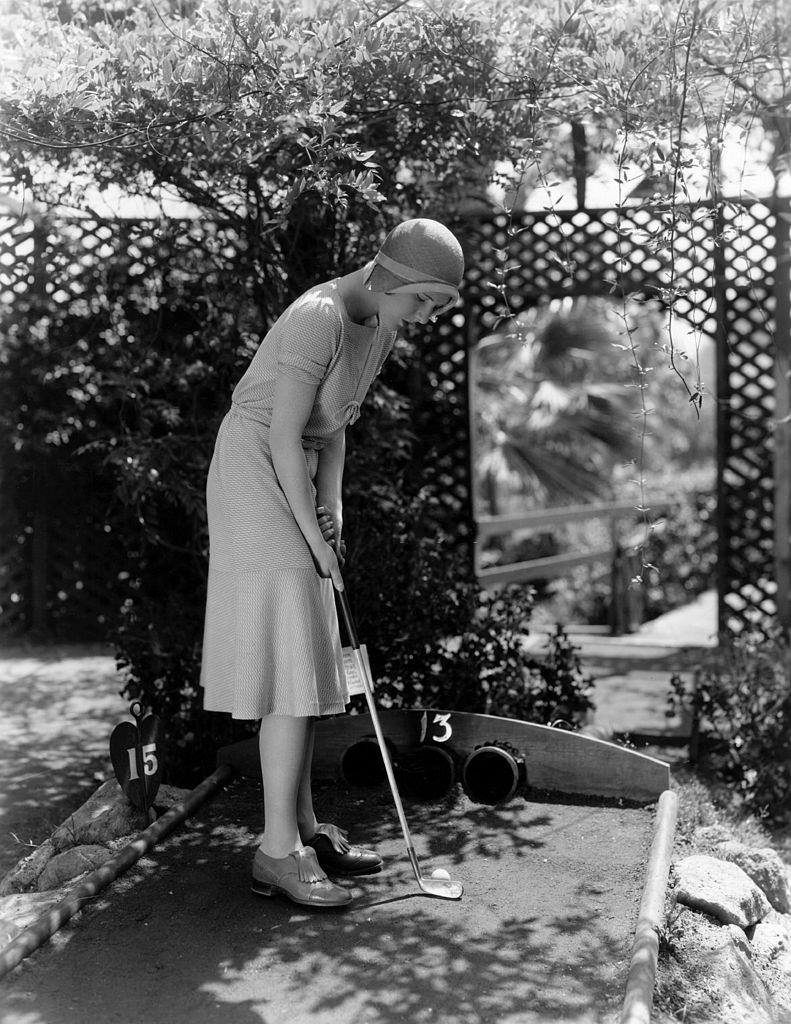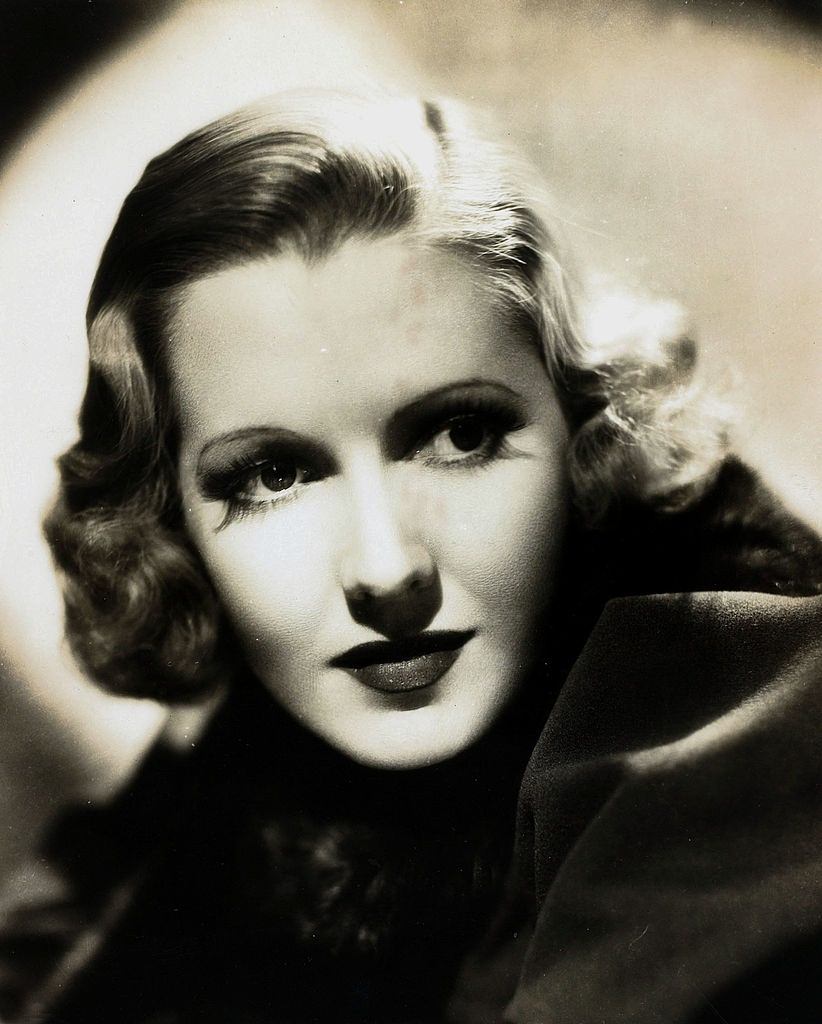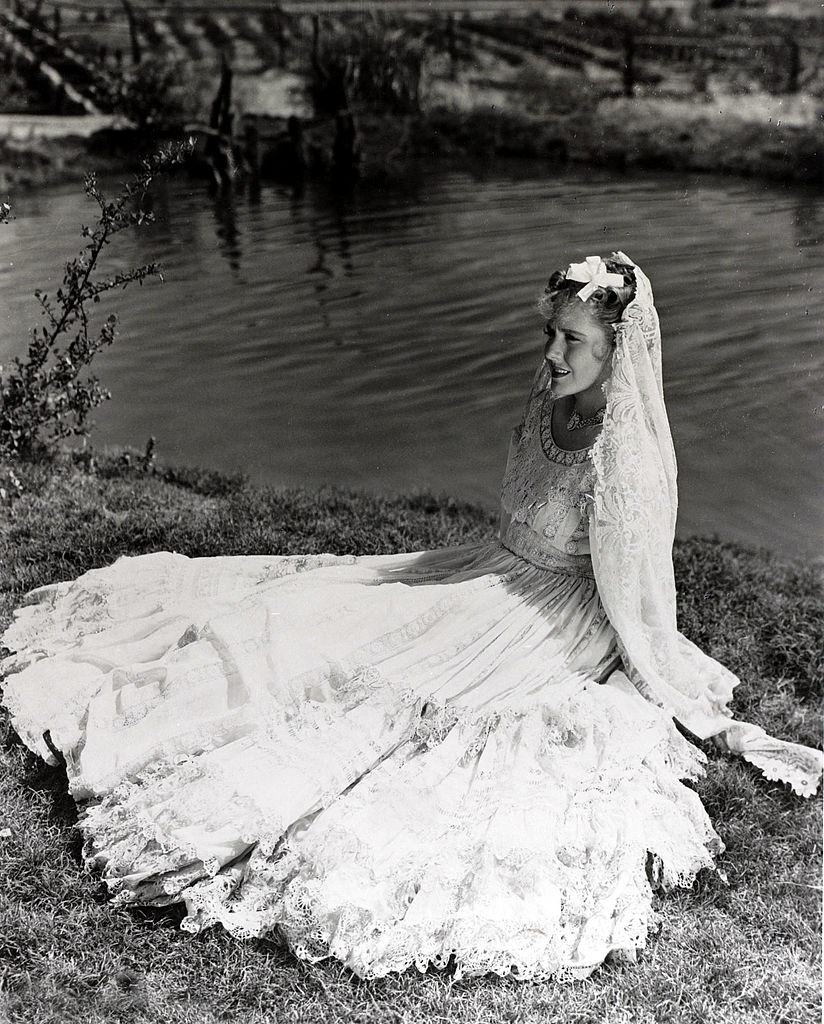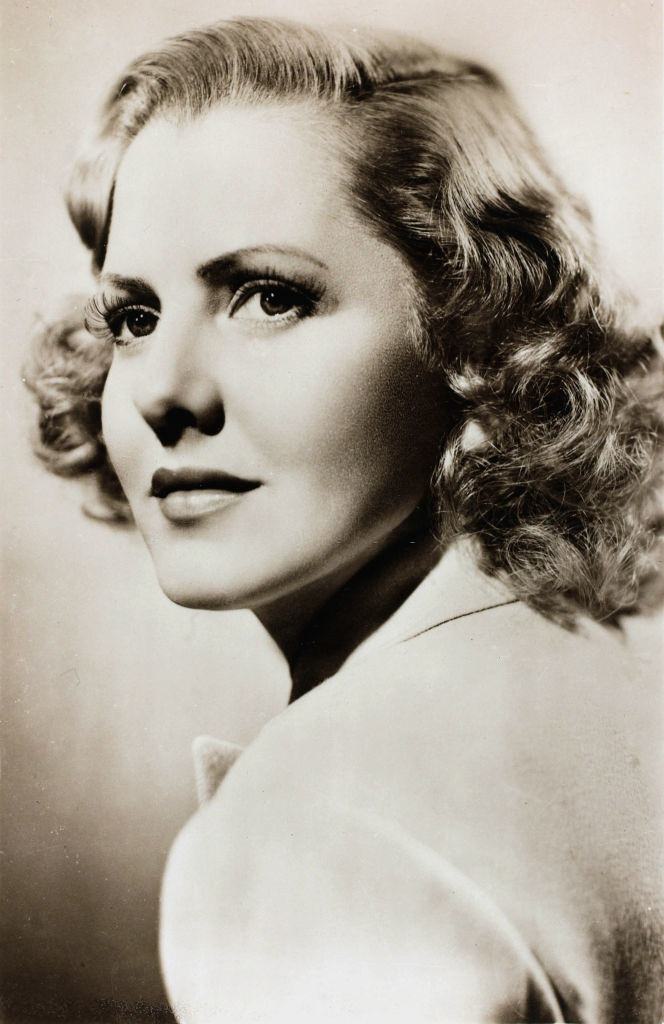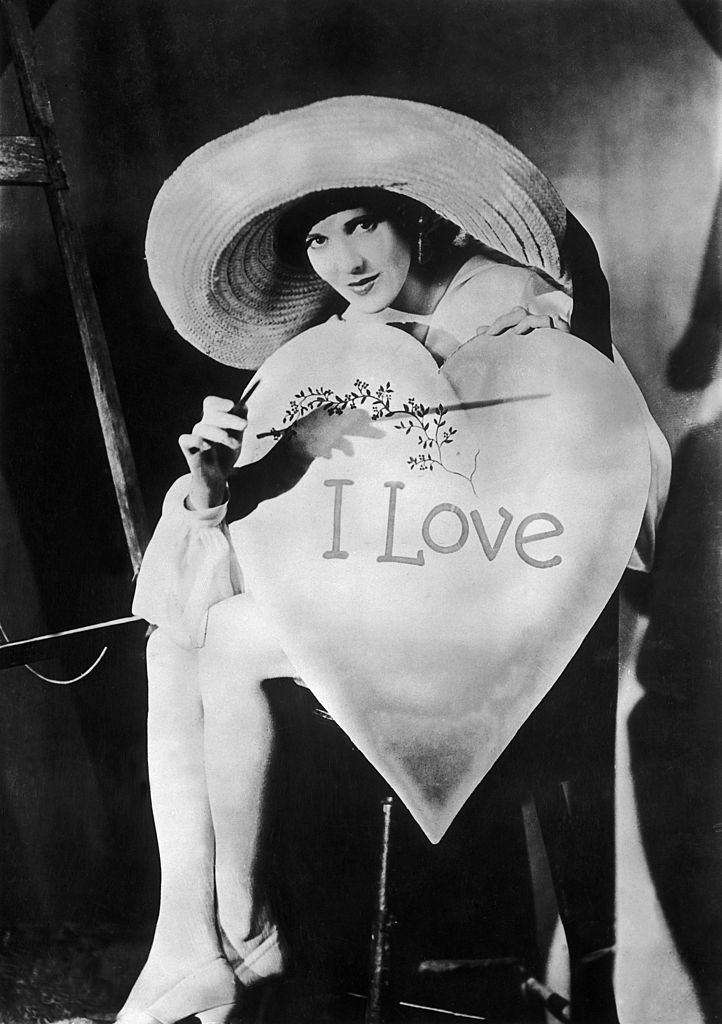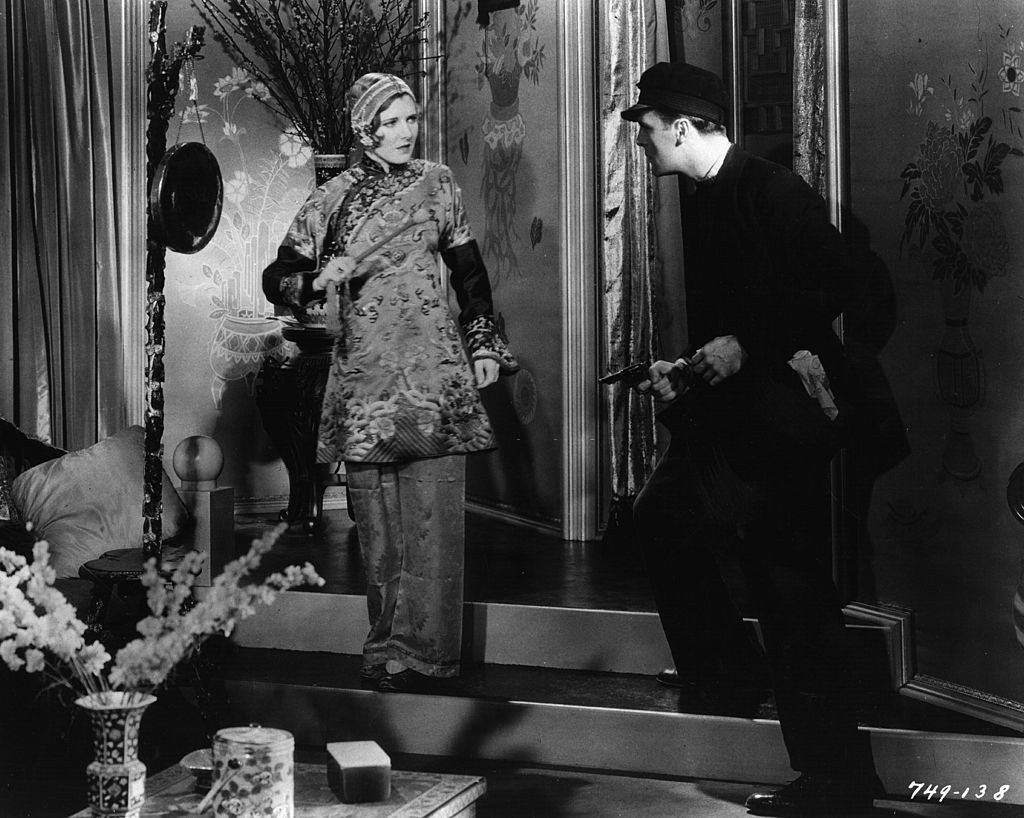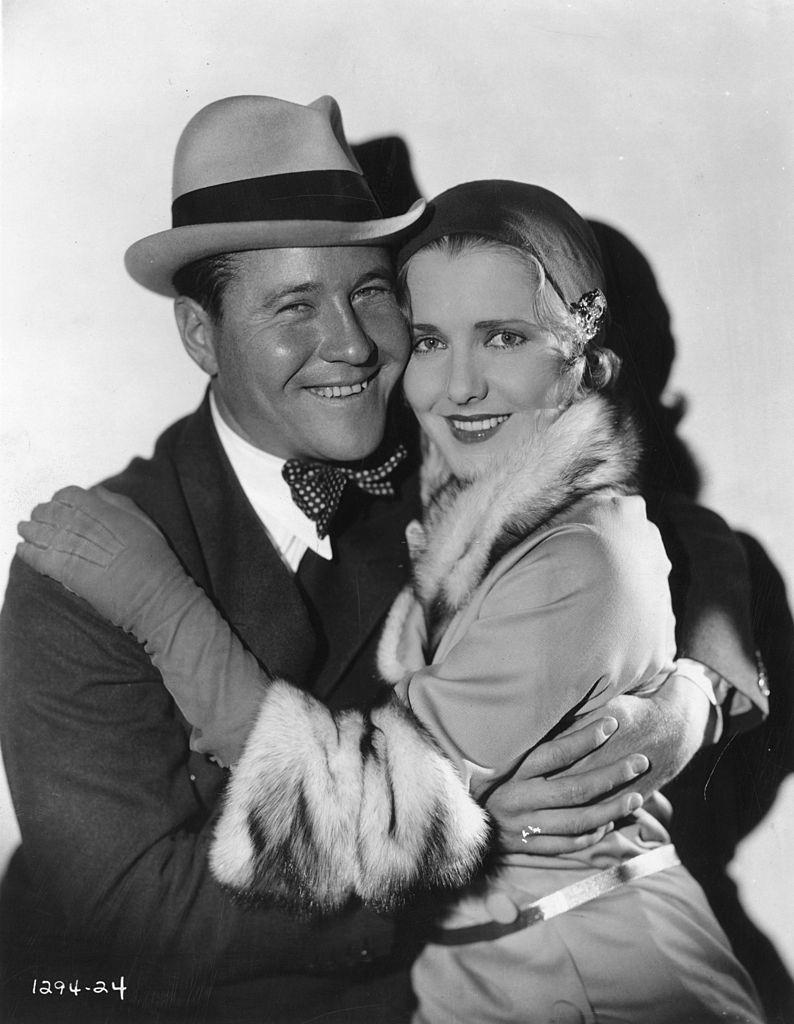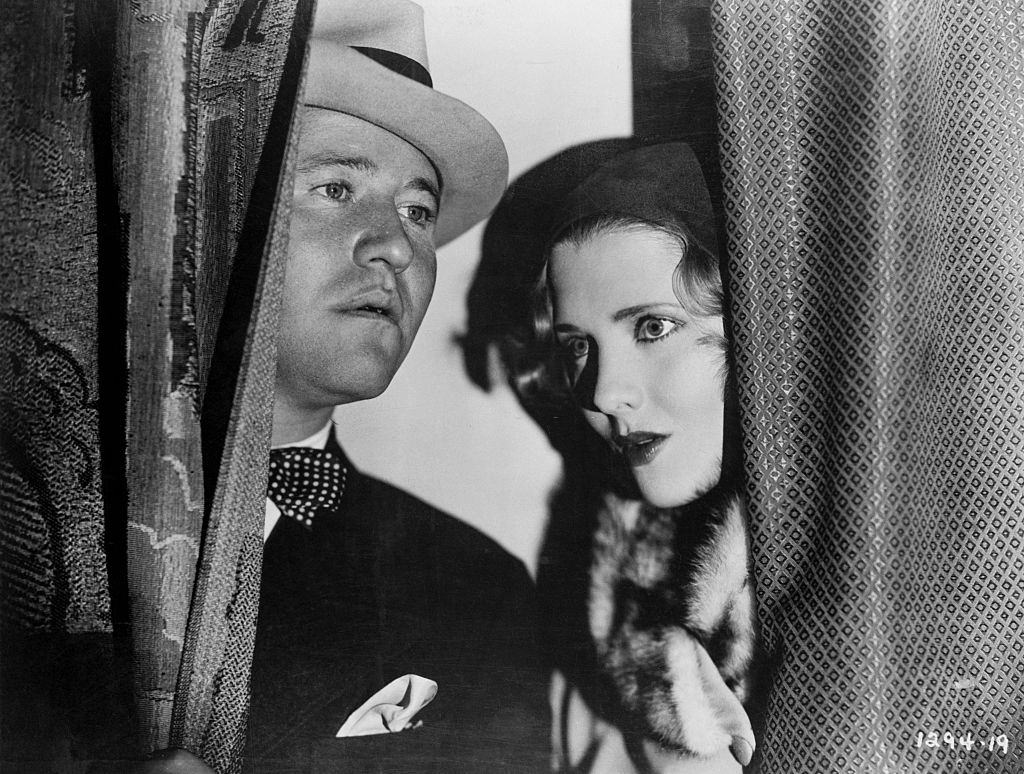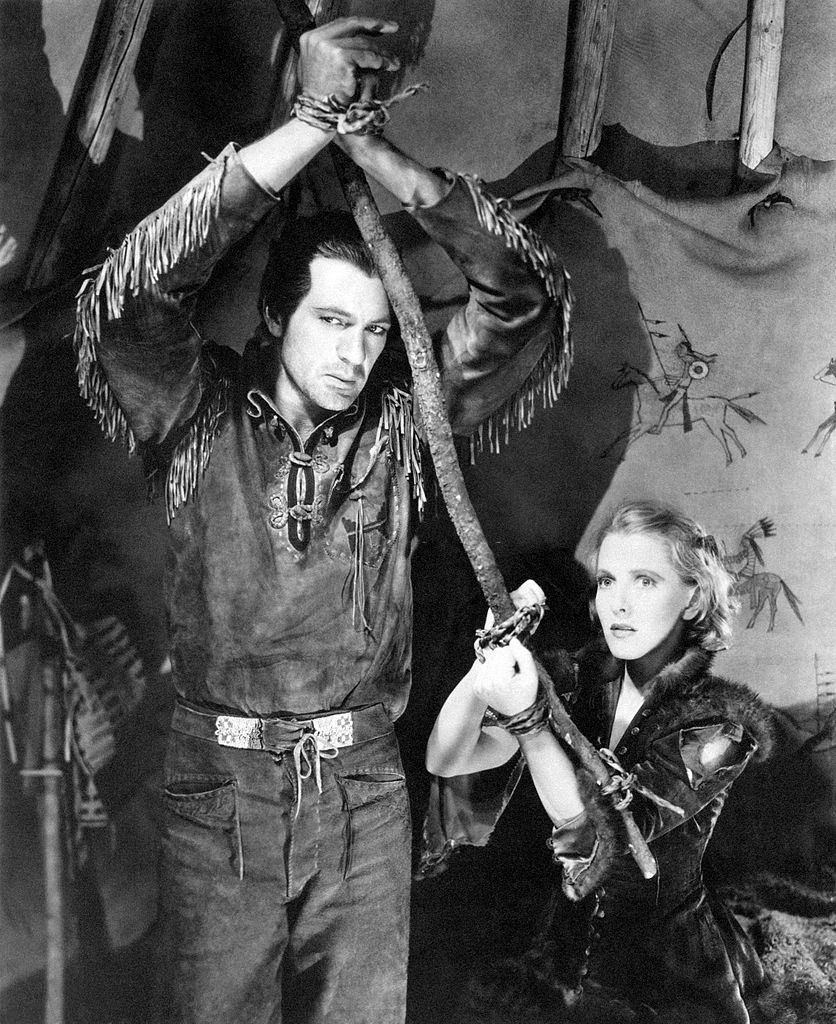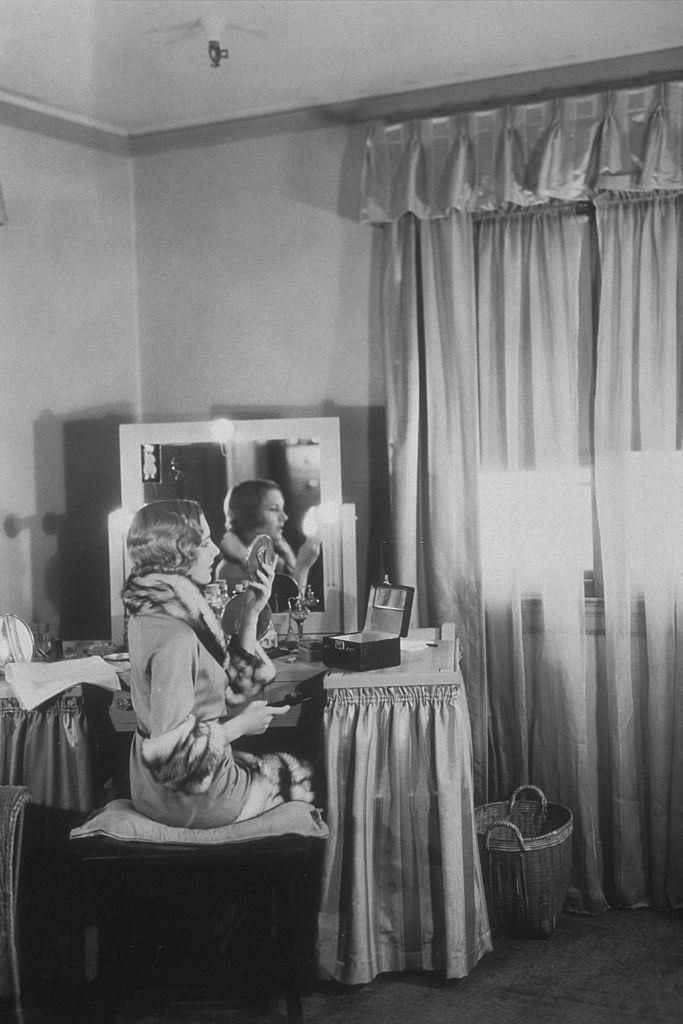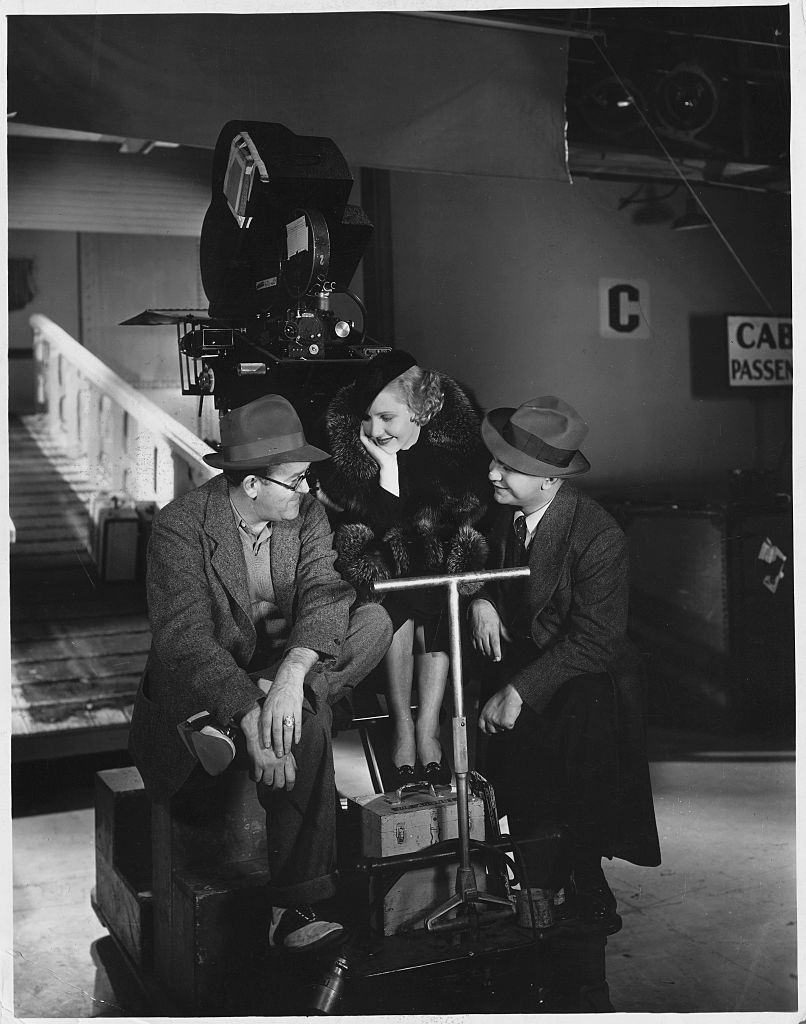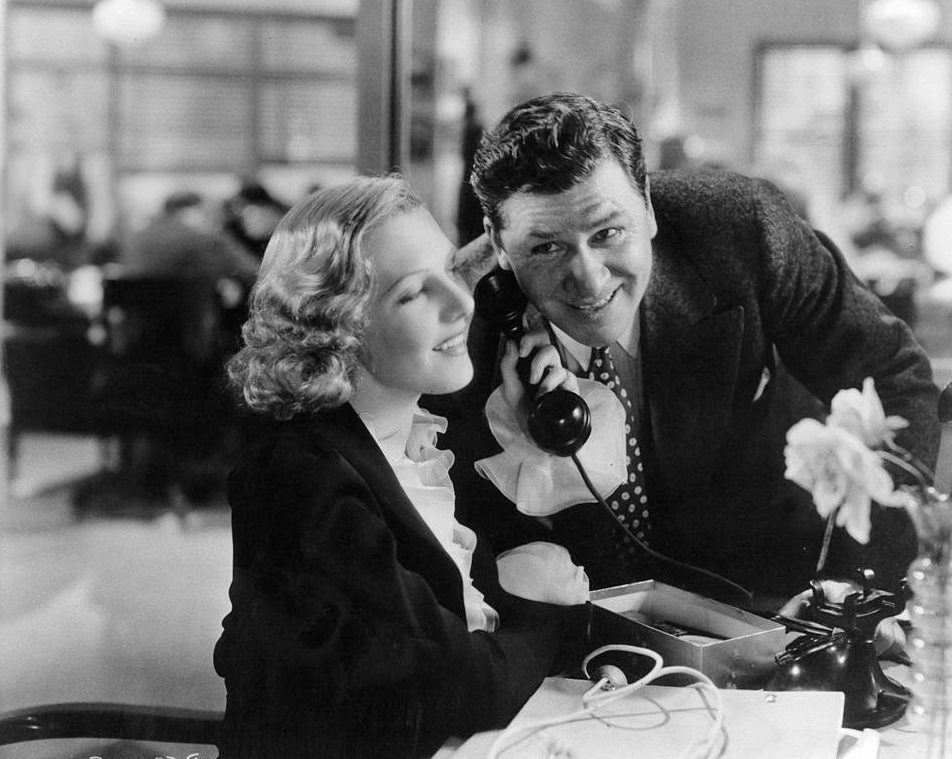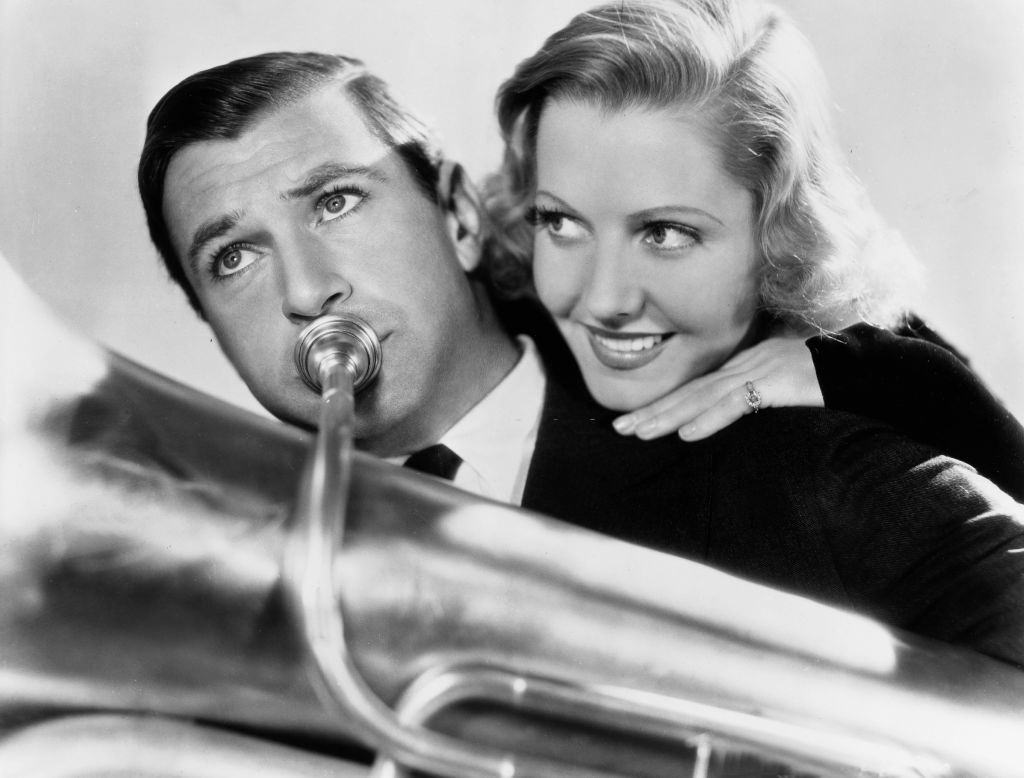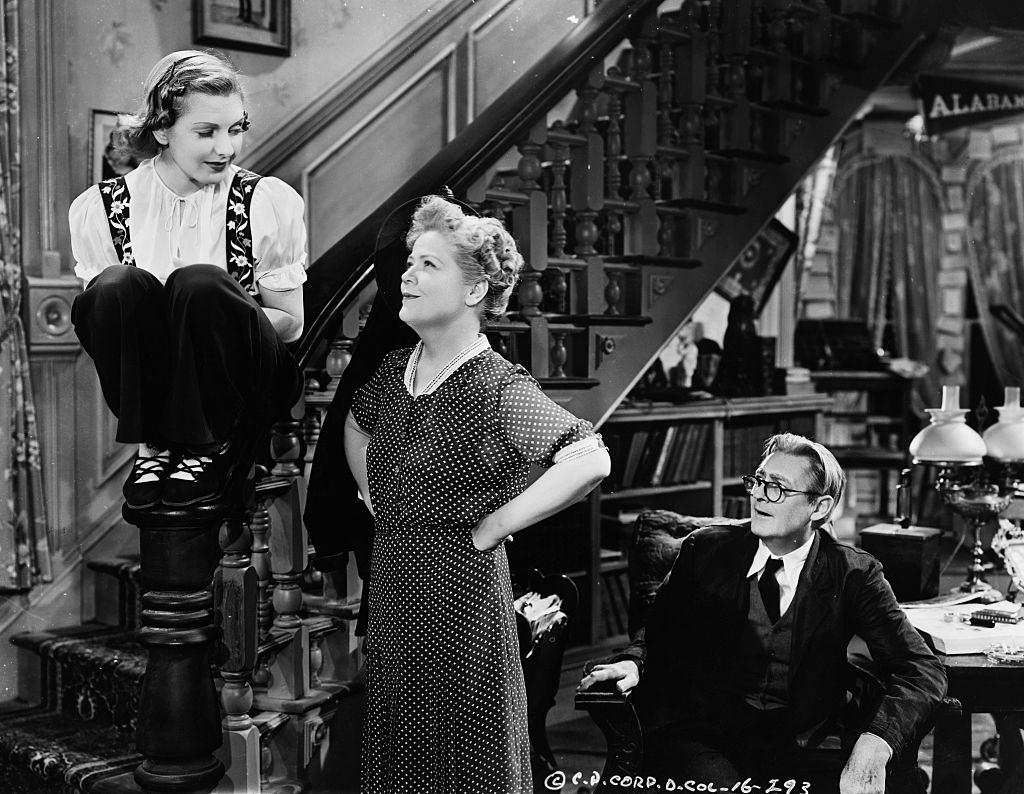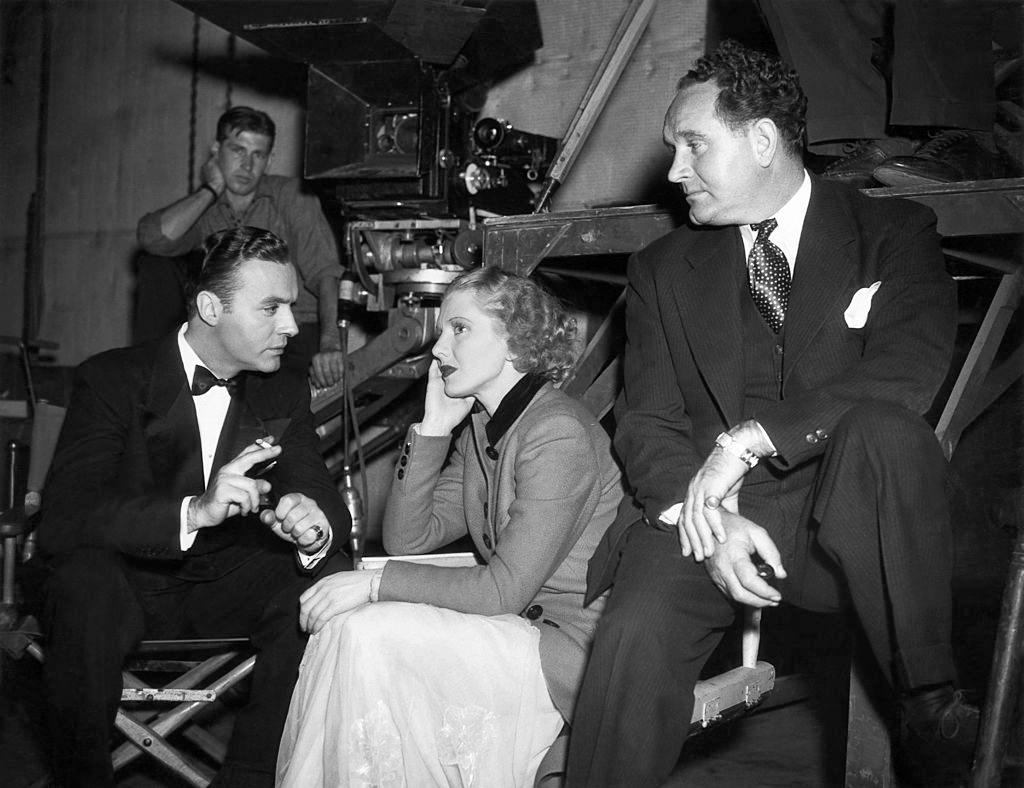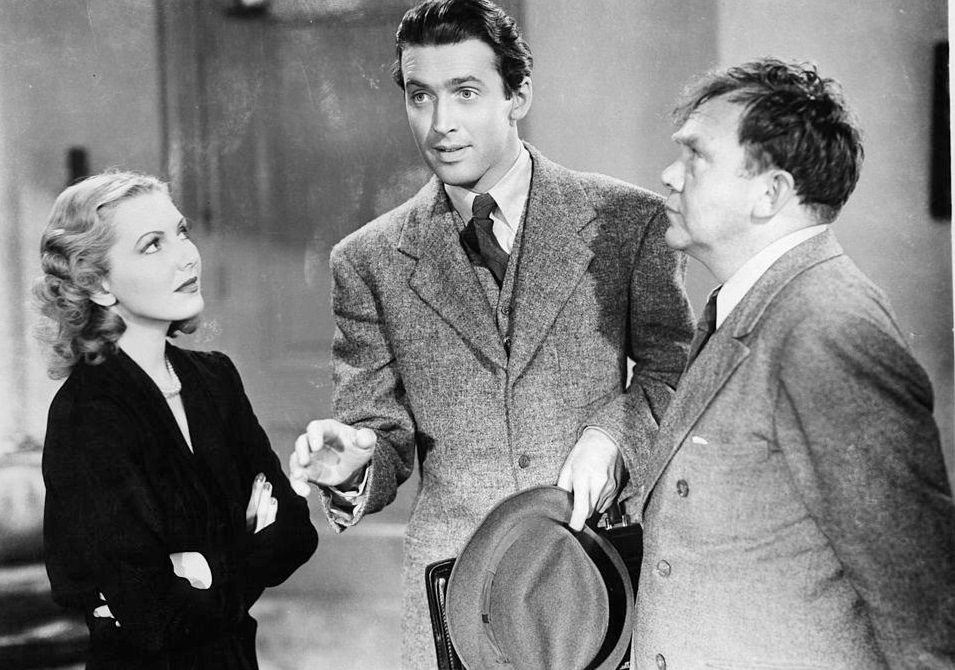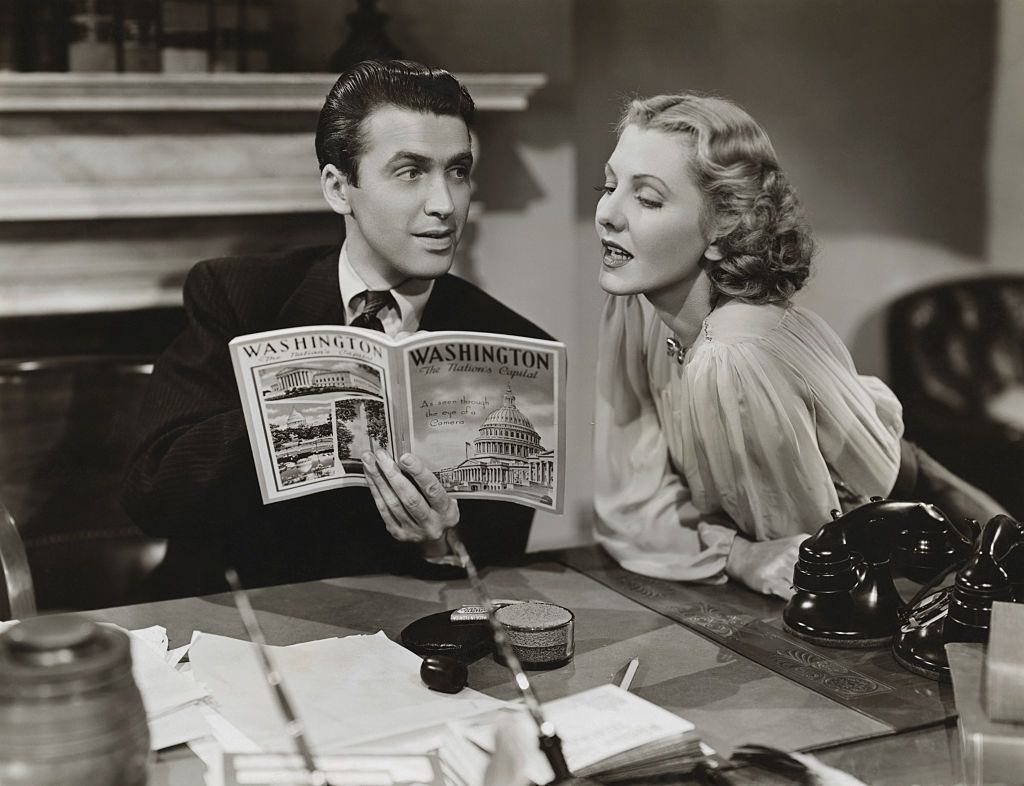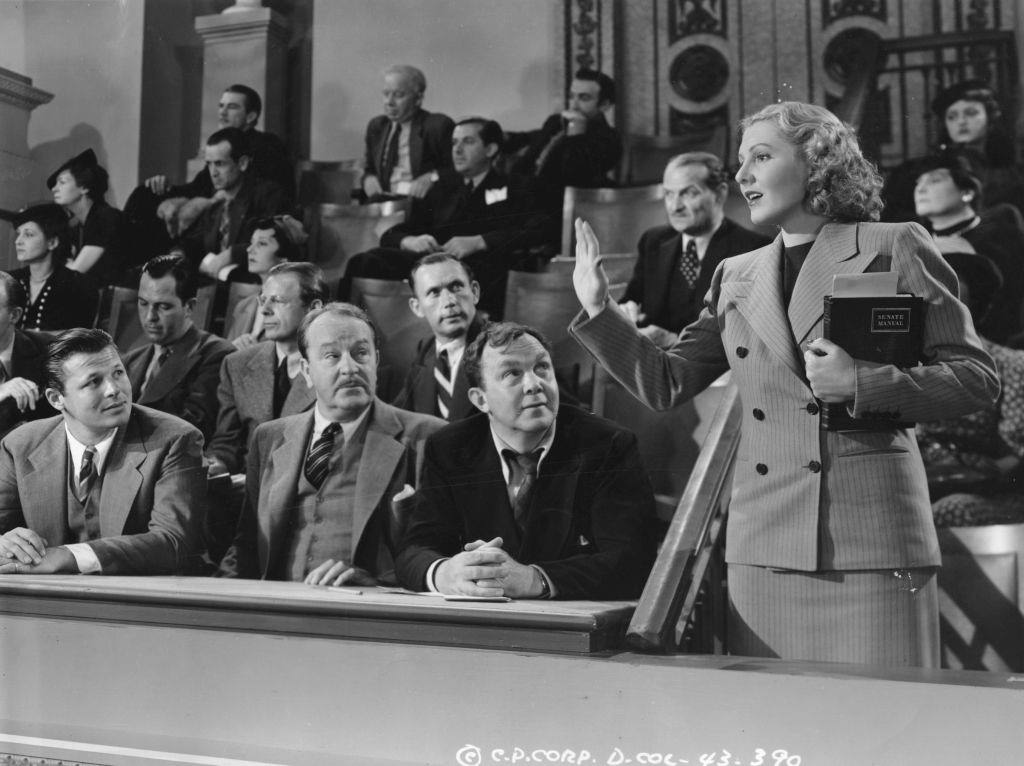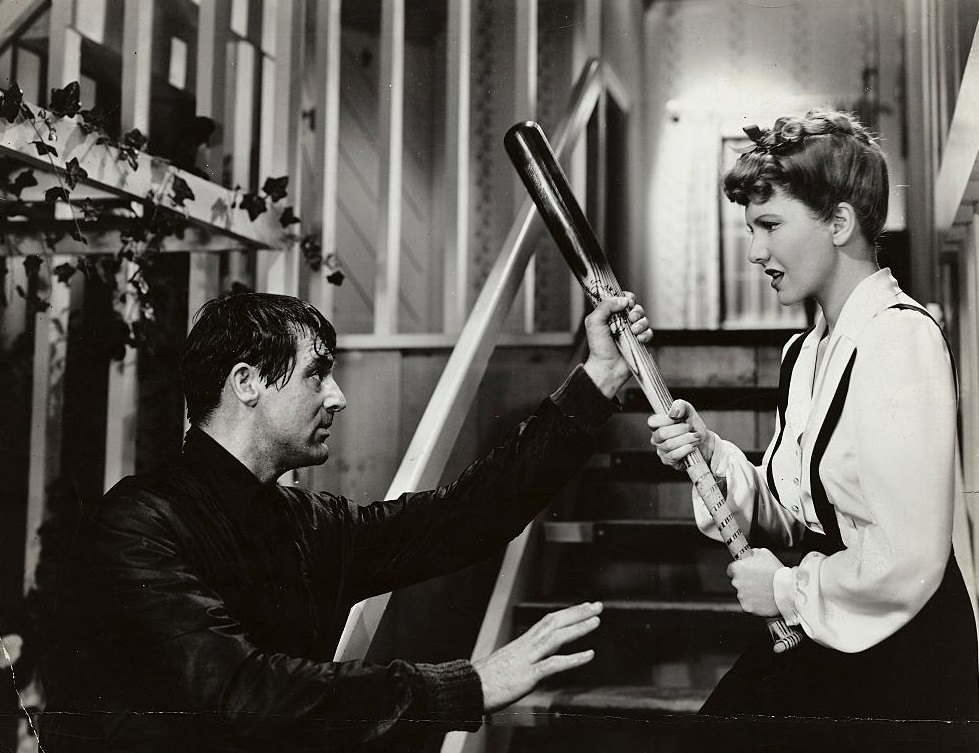Jean Arthur was a Broadway and film actress. She was best known for her crackling voice, a characteristic that amplified her charm and intelligence in several successful comedies. A popularly known screwball comedy star, she is often referred to as ‘the quintessential comedic leading lady. While she had a dark, complex character undercurrent, her sheer talent, charisma, and hard work enabled her to become one of Hollywood’s finest screen comediennes. She found it very difficult to establish enduring friendships due to her inherent shyness and peripatetic childhood. The remainder of her life would be spent solitary and very private.
As the daughter of a photographer, she grew up with her older brothers and was a tomboy in her youth. During her childhood, she lived in Florida, New York, and Manhattan. She began her modeling career after working as a stenographer during the Great War.
Modeling career
Jean began her professional career as a fashion model. After a successful modeling career, she was noticed for her beauty and grace, leading her to act in movies. Jean was spotted working as a model while in her early twenties, and Fox Film offered her a one-year contract.
A career in Silent movies
Jean began her acting career with the silent comedy movie ‘Cameo Kirby’ in 1923. She adopted her stage name from two of her greatest heroes, Joan of Arc (Jeanne d’Arc) and King Arthur. She struggled in front of a camera at first because of her lack of experience and comfort. She worked on comedy shorts after being fired from her second picture. Then she landed roles in a series of “B” westerns, a grueling experience in California’s hot and dry desert.
Her role in ‘Husband Hunters’ in 1927 as a gold-digging chorus girl finally gained her some recognition. She was exposed to wider audiences with her film, ‘Horse Shoes,’ released in the same year. Her subsequent appearance in ‘The Poor Nut (192)’ was also a huge hit. After seven tough years in Hollywood, Jean was just 30 years old. She thought that she could improve her technique with the proper training when most people would have quit for good. So, she moved to New York to pursue her dream of working on Broadway.
A career in Sound movies
Jean Arthur’s best asset – her throaty, high-pitched squeaky voice – was able to shine with the growing popularity of talkies in the late 1920s, which was perfectly suited to her comedic roles. Despite her initial apathy towards sound films, her career soon gained tremendous success. During this period, she appeared in notable films such as ‘The Past of Mary Holmes’ (1933), ‘The Whole Town’s Talking (1935), and ‘Mr. Deeds Goes to Town’ (1936). She became an international star after ‘Mr. Deeds Goes to Town’ was critically acclaimed. During this time, she also dabbled in theater. Throughout the late 1930s, she continued to achieve success. She co-starred in ‘You Can’t Take It with You’ (1936) with Lionel Barrymore, James Stewart, and Edward Arnold, and it was a super hit and the highest-grossing film of the year.
As the 1940s came to a close, Jean began to flourish. Early in the decade, her films ‘The Talk of the Town’ (1942)’ and ‘The More the Merrier’ (1943) became box-office hits. Despite her reclusive nature, she appeared in fewer movies over the following years, appearing in one of her most prominent roles as a homesteader’s wife in ‘Shane (1953)’.
Despite her success, Jean was at best ambivalent about her chosen profession. In an interview, she once said she would rather have her throat cut than do an interview. She detested the exploitation, cruelty, and brutality inherent in the movie business. She also suffered from emotional exhaustion each time she played a role in a film due to her nerves. As a consequence, Jean decided to walk away from her contract with Columbia Pictures in 1944. When her release was announced, she reportedly ran through the backlot, yelling, “I’m free!” I’m free!”
There was no definitive end to Jean’s career. In 1950, she appeared on Broadway as Peter Pan. However, her growing fear of crowds and public life would prevent her from achieving sustained success, regardless of whether it was on screen or stage. Jean returned to the entertainment industry after more than ten years of being absent. In the end, she taught drama at Vassar College and North Carolina School of the Arts. Meryl Streep was a student of hers at Vassar.
Personal Life
Jean Arthur was married twice and had no child by either union. She married photographer Julian Anker in 1928, but the marriage lasted only for a day and was annulled. Jean married producer Frank Ross Jr. in 1932. They divorced in 1949. She preferred to keep her personal life away from the glare of the media. She avoided interviews and disliked giving them.
Jean Arthur died from heart failure at the age of 90, on June 19, 1991. Funeral services were not held. Her remains were cremated and scattered off the coast of Point Lobos, California.
Her lasting impact was eloquently described by critic Charles Champlin as follows:
To at least one teenager in a small town, Jean Arthur suggested that the ideal woman could be – ought to be – judged by her spirit as well as her beauty. The notion of the woman as a friend and confidante, as well as someone you courted and were nuts about, someone whose true beauty was internal rather than external, became a full-blown possibility as we watched Jean Arthur.
Below are some glamorous photos of the beautiful and young Jean Arthur from her career and life.


